Histogram of correlated \(z\) scores, Part 1
Lei Sun
2017-03-06
Last updated: 2018-05-12
workflowr checks: (Click a bullet for more information)-
✔ R Markdown file: up-to-date
Great! Since the R Markdown file has been committed to the Git repository, you know the exact version of the code that produced these results.
-
✔ Environment: empty
Great job! The global environment was empty. Objects defined in the global environment can affect the analysis in your R Markdown file in unknown ways. For reproduciblity it’s best to always run the code in an empty environment.
-
✔ Seed:
set.seed(12345)The command
set.seed(12345)was run prior to running the code in the R Markdown file. Setting a seed ensures that any results that rely on randomness, e.g. subsampling or permutations, are reproducible. -
✔ Session information: recorded
Great job! Recording the operating system, R version, and package versions is critical for reproducibility.
-
Great! You are using Git for version control. Tracking code development and connecting the code version to the results is critical for reproducibility. The version displayed above was the version of the Git repository at the time these results were generated.✔ Repository version: ddf9062
Note that you need to be careful to ensure that all relevant files for the analysis have been committed to Git prior to generating the results (you can usewflow_publishorwflow_git_commit). workflowr only checks the R Markdown file, but you know if there are other scripts or data files that it depends on. Below is the status of the Git repository when the results were generated:
Note that any generated files, e.g. HTML, png, CSS, etc., are not included in this status report because it is ok for generated content to have uncommitted changes.Ignored files: Ignored: .DS_Store Ignored: .Rhistory Ignored: .Rproj.user/ Ignored: analysis/.DS_Store Ignored: analysis/BH_robustness_cache/ Ignored: analysis/FDR_Null_cache/ Ignored: analysis/FDR_null_betahat_cache/ Ignored: analysis/Rmosek_cache/ Ignored: analysis/StepDown_cache/ Ignored: analysis/alternative2_cache/ Ignored: analysis/alternative_cache/ Ignored: analysis/ash_gd_cache/ Ignored: analysis/average_cor_gtex_2_cache/ Ignored: analysis/average_cor_gtex_cache/ Ignored: analysis/brca_cache/ Ignored: analysis/cash_deconv_cache/ Ignored: analysis/cash_fdr_1_cache/ Ignored: analysis/cash_fdr_2_cache/ Ignored: analysis/cash_fdr_3_cache/ Ignored: analysis/cash_fdr_4_cache/ Ignored: analysis/cash_fdr_5_cache/ Ignored: analysis/cash_fdr_6_cache/ Ignored: analysis/cash_plots_cache/ Ignored: analysis/cash_sim_1_cache/ Ignored: analysis/cash_sim_2_cache/ Ignored: analysis/cash_sim_3_cache/ Ignored: analysis/cash_sim_4_cache/ Ignored: analysis/cash_sim_5_cache/ Ignored: analysis/cash_sim_6_cache/ Ignored: analysis/cash_sim_7_cache/ Ignored: analysis/correlated_z_2_cache/ Ignored: analysis/correlated_z_3_cache/ Ignored: analysis/correlated_z_cache/ Ignored: analysis/create_null_cache/ Ignored: analysis/cutoff_null_cache/ Ignored: analysis/design_matrix_2_cache/ Ignored: analysis/design_matrix_cache/ Ignored: analysis/diagnostic_ash_cache/ Ignored: analysis/diagnostic_correlated_z_2_cache/ Ignored: analysis/diagnostic_correlated_z_3_cache/ Ignored: analysis/diagnostic_correlated_z_cache/ Ignored: analysis/diagnostic_plot_2_cache/ Ignored: analysis/diagnostic_plot_cache/ Ignored: analysis/efron_leukemia_cache/ Ignored: analysis/fitting_normal_cache/ Ignored: analysis/gaussian_derivatives_2_cache/ Ignored: analysis/gaussian_derivatives_3_cache/ Ignored: analysis/gaussian_derivatives_4_cache/ Ignored: analysis/gaussian_derivatives_5_cache/ Ignored: analysis/gaussian_derivatives_cache/ Ignored: analysis/gd-ash_cache/ Ignored: analysis/gd_delta_cache/ Ignored: analysis/gd_lik_2_cache/ Ignored: analysis/gd_lik_cache/ Ignored: analysis/gd_w_cache/ Ignored: analysis/knockoff_10_cache/ Ignored: analysis/knockoff_2_cache/ Ignored: analysis/knockoff_3_cache/ Ignored: analysis/knockoff_4_cache/ Ignored: analysis/knockoff_5_cache/ Ignored: analysis/knockoff_6_cache/ Ignored: analysis/knockoff_7_cache/ Ignored: analysis/knockoff_8_cache/ Ignored: analysis/knockoff_9_cache/ Ignored: analysis/knockoff_cache/ Ignored: analysis/knockoff_var_cache/ Ignored: analysis/marginal_z_alternative_cache/ Ignored: analysis/marginal_z_cache/ Ignored: analysis/mosek_reg_2_cache/ Ignored: analysis/mosek_reg_4_cache/ Ignored: analysis/mosek_reg_5_cache/ Ignored: analysis/mosek_reg_6_cache/ Ignored: analysis/mosek_reg_cache/ Ignored: analysis/pihat0_null_cache/ Ignored: analysis/plot_diagnostic_cache/ Ignored: analysis/poster_obayes17_cache/ Ignored: analysis/real_data_simulation_2_cache/ Ignored: analysis/real_data_simulation_3_cache/ Ignored: analysis/real_data_simulation_4_cache/ Ignored: analysis/real_data_simulation_5_cache/ Ignored: analysis/real_data_simulation_cache/ Ignored: analysis/rmosek_primal_dual_2_cache/ Ignored: analysis/rmosek_primal_dual_cache/ Ignored: analysis/seqgendiff_cache/ Ignored: analysis/simulated_correlated_null_2_cache/ Ignored: analysis/simulated_correlated_null_3_cache/ Ignored: analysis/simulated_correlated_null_cache/ Ignored: analysis/simulation_real_se_2_cache/ Ignored: analysis/simulation_real_se_cache/ Ignored: analysis/smemo_2_cache/ Ignored: data/LSI/ Ignored: docs/.DS_Store Ignored: docs/figure/.DS_Store Ignored: output/fig/ Unstaged changes: Deleted: analysis/cash_plots_fdp.Rmd
Expand here to see past versions:
| File | Version | Author | Date | Message |
|---|---|---|---|---|
| Rmd | cc0ab83 | Lei Sun | 2018-05-11 | update |
| html | 0f36d99 | LSun | 2017-12-21 | Build site. |
| html | 853a484 | LSun | 2017-11-07 | Build site. |
| Rmd | 894c395 | LSun | 2017-03-07 | histogram |
| html | 894c395 | LSun | 2017-03-07 | histogram |
| Rmd | 03366d9 | LSun | 2017-03-06 | correlated_z |
| html | 03366d9 | LSun | 2017-03-06 | correlated_z |
| Rmd | def3da5 | LSun | 2017-03-06 | correlated z |
| html | def3da5 | LSun | 2017-03-06 | correlated z |
Last updated: 2018-05-12
Code version: ddf9062
Introduction
Efron 2010 and Schwartzman’s comment brings to the center the question “what’s the behavior of \(z\) scores under correlation?” Schwartzman pointed out in theory that “the observed histogram is more likely to be narrow than wide, and that it cannot be too wide before it becomes bimodal.” Let’s take a look if this result holds true under our simulation scheme with GTex/Liver data.
Histograms on randomly sampled data sets
z = read.table("../output/z_null_liver_777.txt")We randomly selected 20 data sets, each with \(10000\) z scores, generated by the null simulation pipeline. Based on each data set we plot two histograms, one using default number of bins and the other \(100\) bins. The red line indicates the density of \(N(0, 1)\).
set.seed(777)
sample_z = sort(sample(dim(z)[1], 20))
x = seq(- 10, 10, 0.01)
y = dnorm(x)
for (i in sample_z) {
cat("Data Set", i)
hist(as.numeric(z[i, ]), xlab = "z scores", freq = FALSE, ylim = c(0, 0.45), main = "10000 z scores, default")
lines(x, y, col = "red")
hist(as.numeric(z[i, ]), xlab = "z scores", freq = FALSE, ylim = c(0, 0.45), nclass = 100, main = "10000 z scores, 100 bins")
lines(x, y, col = "red")
}Data Set 11
Expand here to see past versions of unnamed-chunk-2-1.png:
| Version | Author | Date |
|---|---|---|
| 0f36d99 | LSun | 2017-12-21 |
| 03366d9 | LSun | 2017-03-06 |
| def3da5 | LSun | 2017-03-06 |

Expand here to see past versions of unnamed-chunk-2-2.png:
| Version | Author | Date |
|---|---|---|
| 0f36d99 | LSun | 2017-12-21 |
| 03366d9 | LSun | 2017-03-06 |
| def3da5 | LSun | 2017-03-06 |
Data Set 103
Expand here to see past versions of unnamed-chunk-2-3.png:
| Version | Author | Date |
|---|---|---|
| 0f36d99 | LSun | 2017-12-21 |
| 03366d9 | LSun | 2017-03-06 |
| def3da5 | LSun | 2017-03-06 |
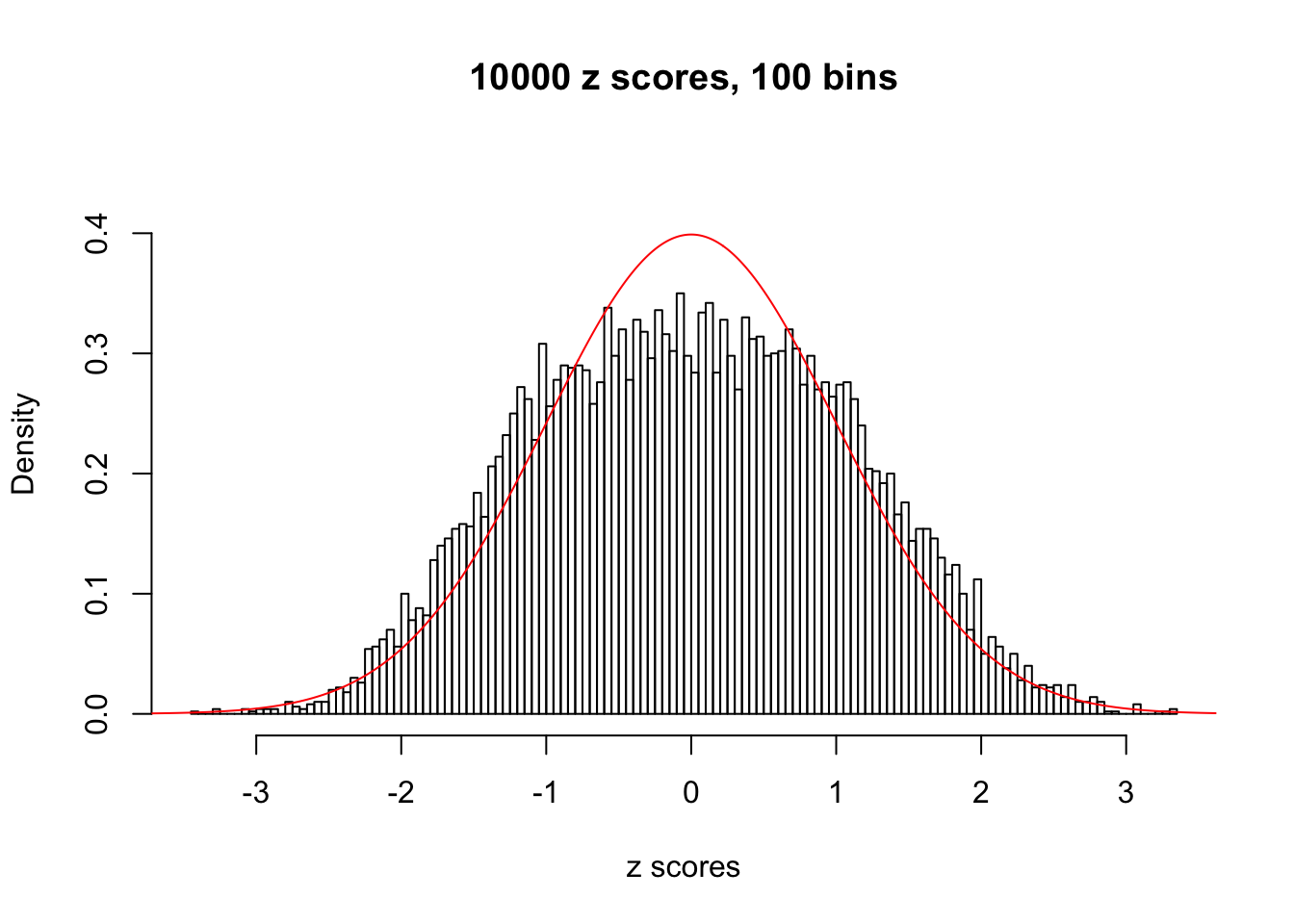
Expand here to see past versions of unnamed-chunk-2-4.png:
| Version | Author | Date |
|---|---|---|
| 0f36d99 | LSun | 2017-12-21 |
| 03366d9 | LSun | 2017-03-06 |
| def3da5 | LSun | 2017-03-06 |
Data Set 171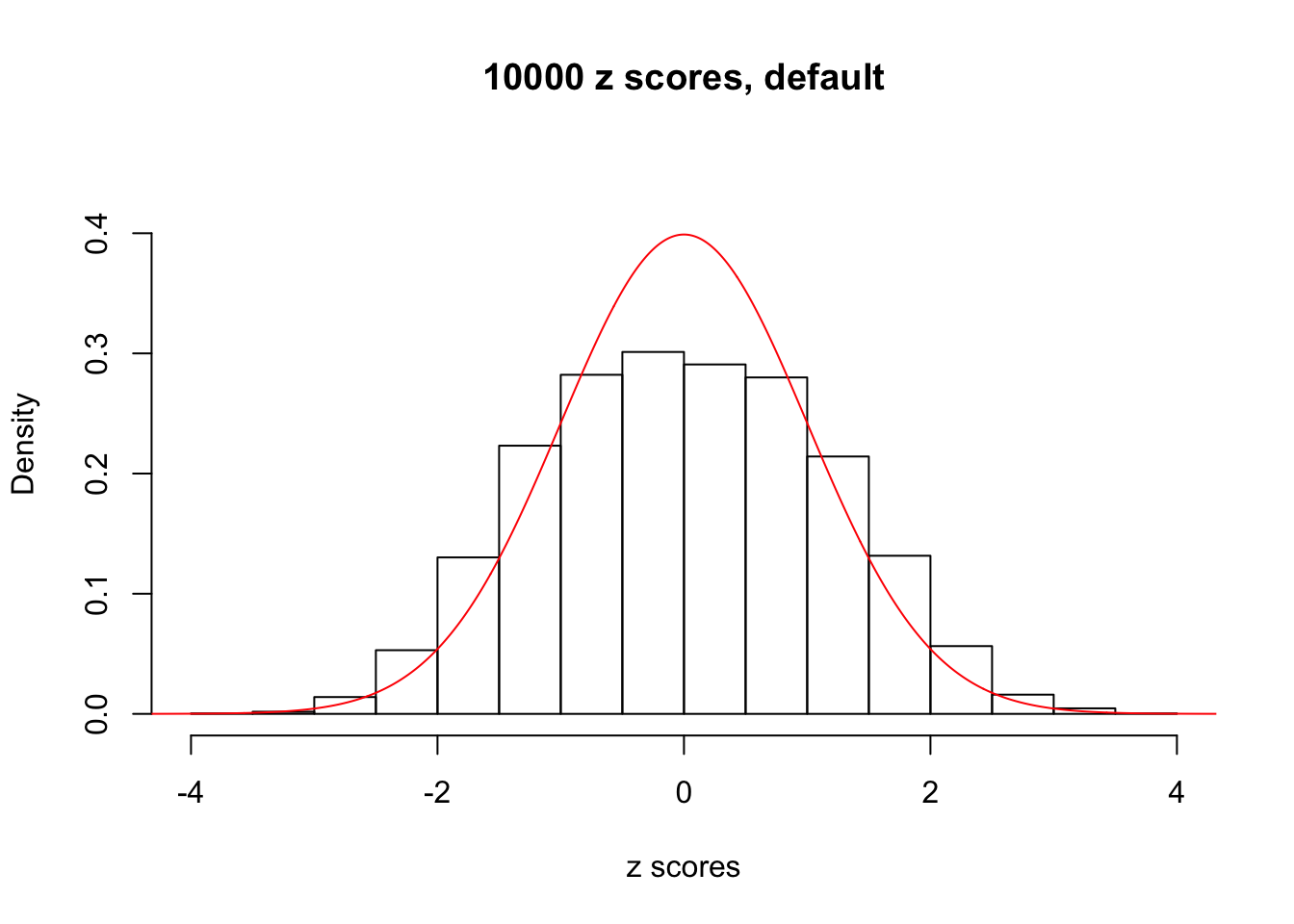
Expand here to see past versions of unnamed-chunk-2-5.png:
| Version | Author | Date |
|---|---|---|
| 0f36d99 | LSun | 2017-12-21 |
| 03366d9 | LSun | 2017-03-06 |
| def3da5 | LSun | 2017-03-06 |
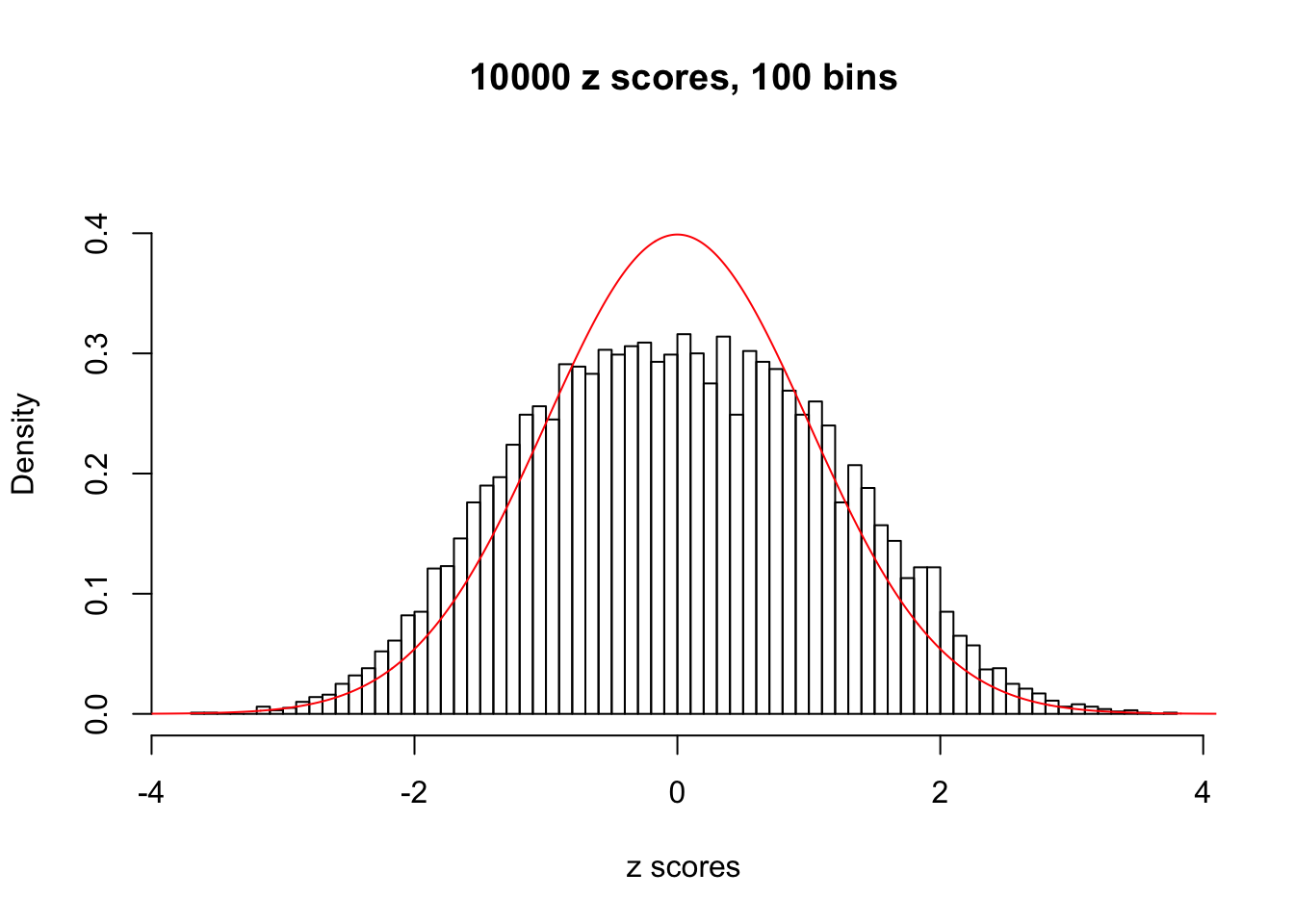
Expand here to see past versions of unnamed-chunk-2-6.png:
| Version | Author | Date |
|---|---|---|
| 0f36d99 | LSun | 2017-12-21 |
| 03366d9 | LSun | 2017-03-06 |
| def3da5 | LSun | 2017-03-06 |
Data Set 247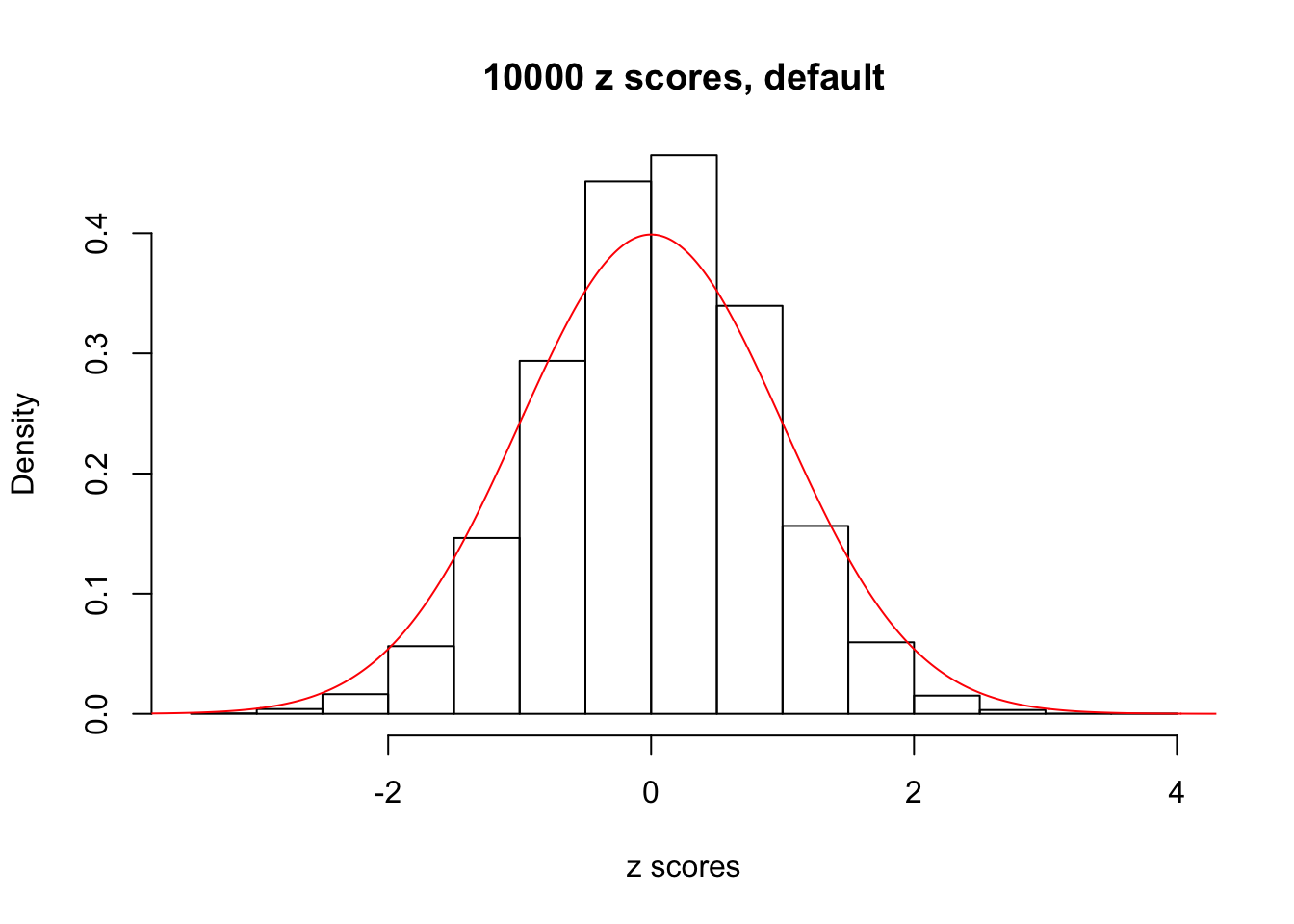
Expand here to see past versions of unnamed-chunk-2-7.png:
| Version | Author | Date |
|---|---|---|
| 0f36d99 | LSun | 2017-12-21 |
| 03366d9 | LSun | 2017-03-06 |
| def3da5 | LSun | 2017-03-06 |
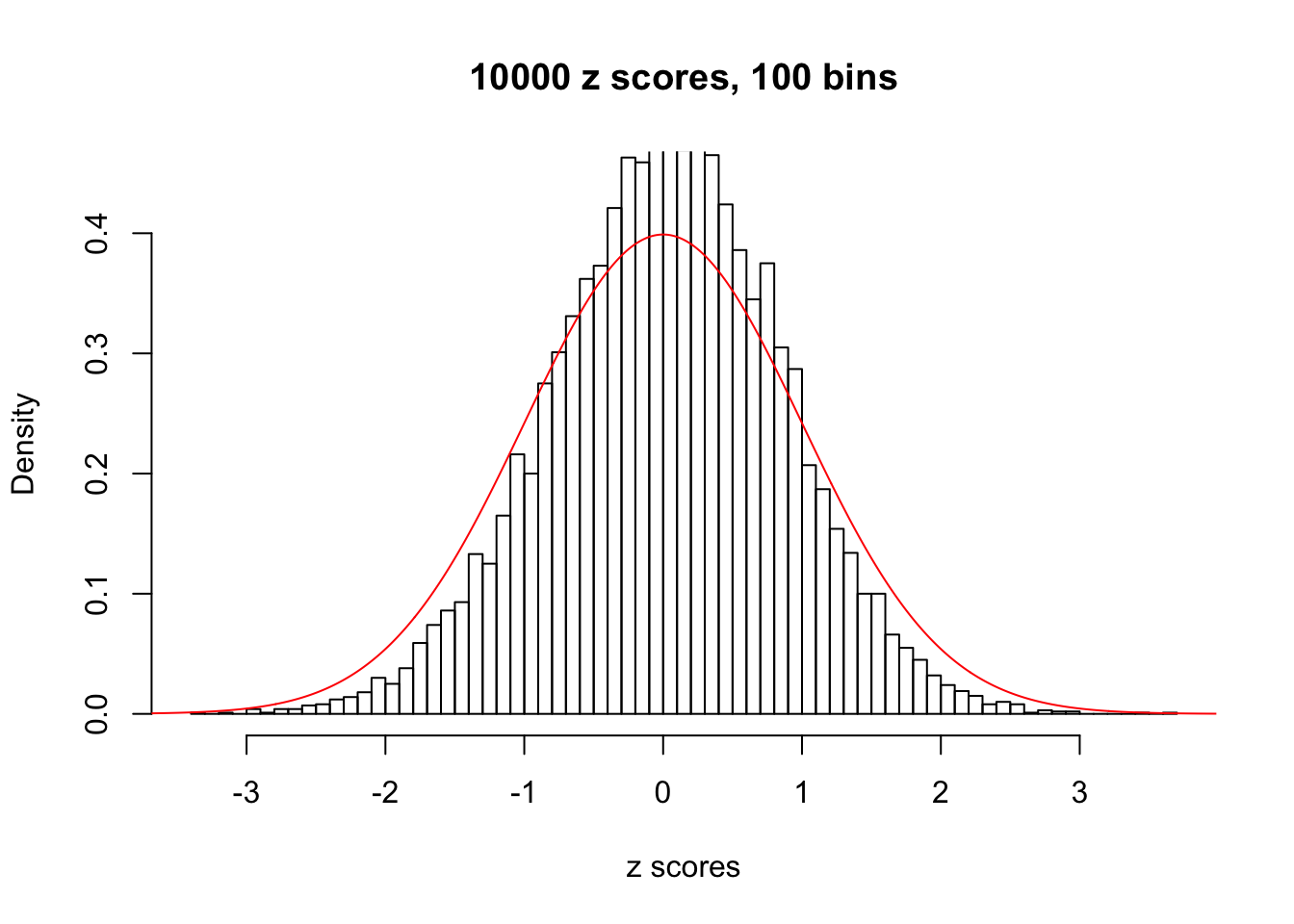
Expand here to see past versions of unnamed-chunk-2-8.png:
| Version | Author | Date |
|---|---|---|
| 0f36d99 | LSun | 2017-12-21 |
| 03366d9 | LSun | 2017-03-06 |
| def3da5 | LSun | 2017-03-06 |
Data Set 343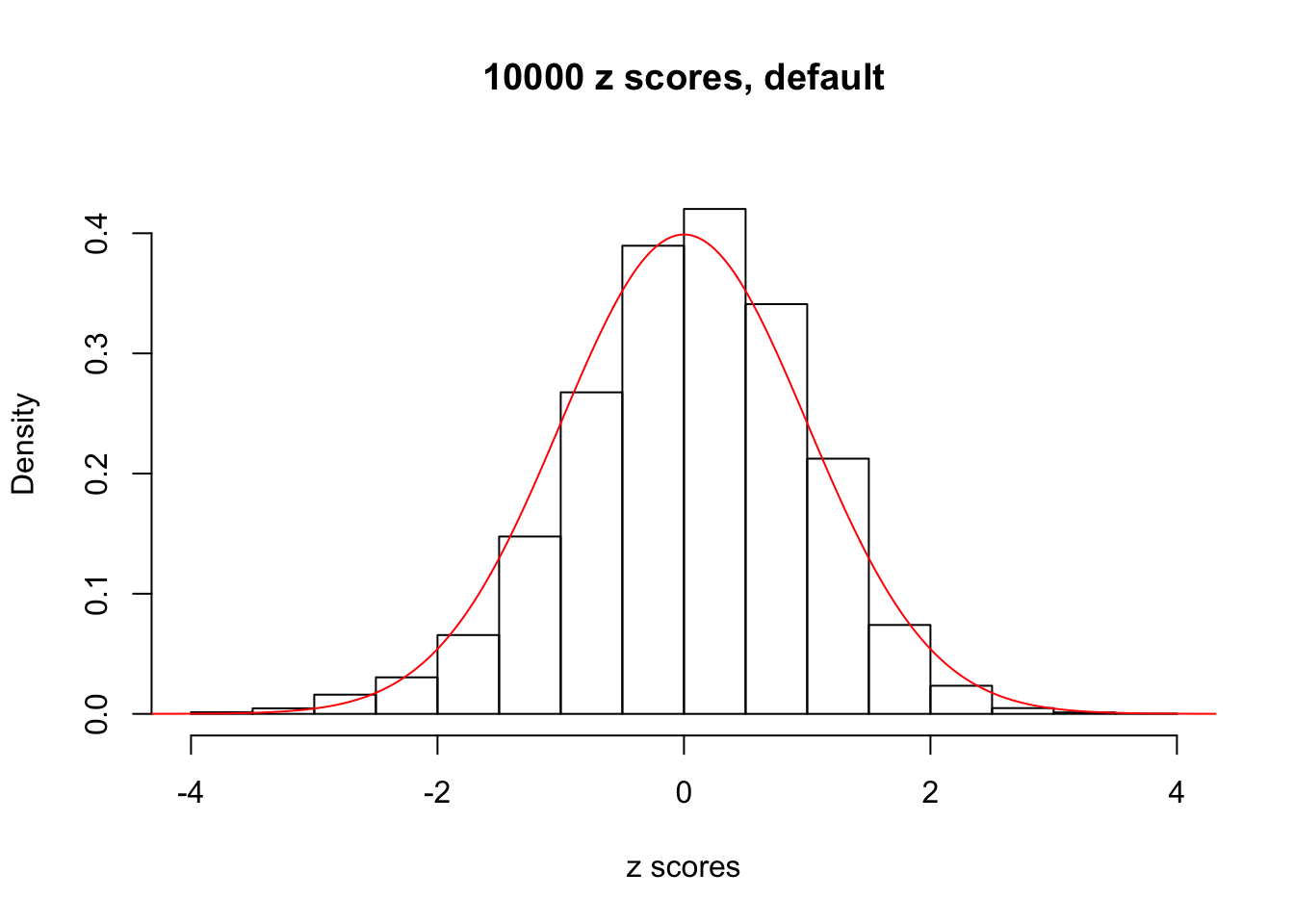
Expand here to see past versions of unnamed-chunk-2-9.png:
| Version | Author | Date |
|---|---|---|
| 0f36d99 | LSun | 2017-12-21 |
| 03366d9 | LSun | 2017-03-06 |
| def3da5 | LSun | 2017-03-06 |
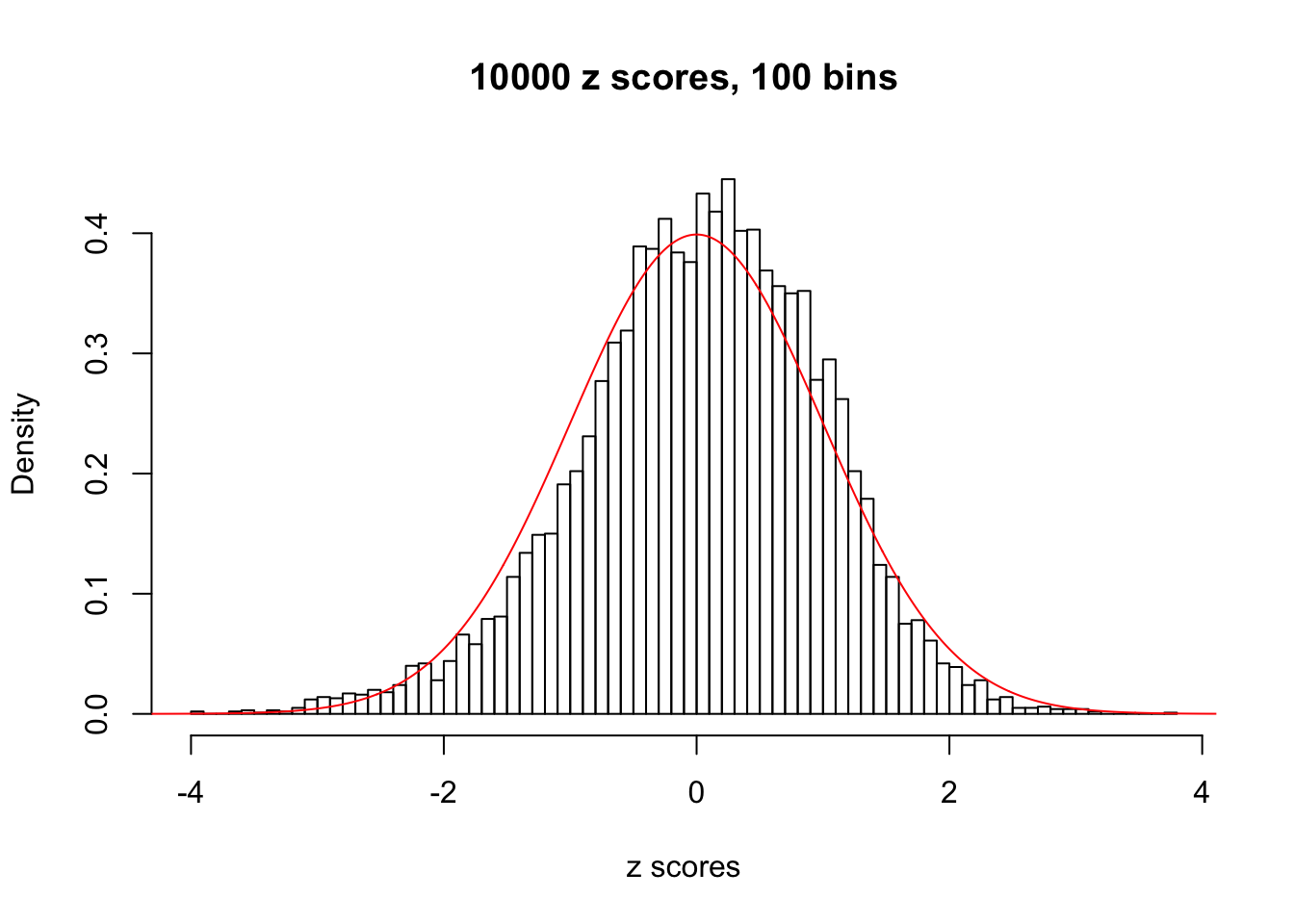
Expand here to see past versions of unnamed-chunk-2-10.png:
| Version | Author | Date |
|---|---|---|
| 0f36d99 | LSun | 2017-12-21 |
| 03366d9 | LSun | 2017-03-06 |
| def3da5 | LSun | 2017-03-06 |
Data Set 345
Expand here to see past versions of unnamed-chunk-2-11.png:
| Version | Author | Date |
|---|---|---|
| 0f36d99 | LSun | 2017-12-21 |
| 03366d9 | LSun | 2017-03-06 |
| def3da5 | LSun | 2017-03-06 |
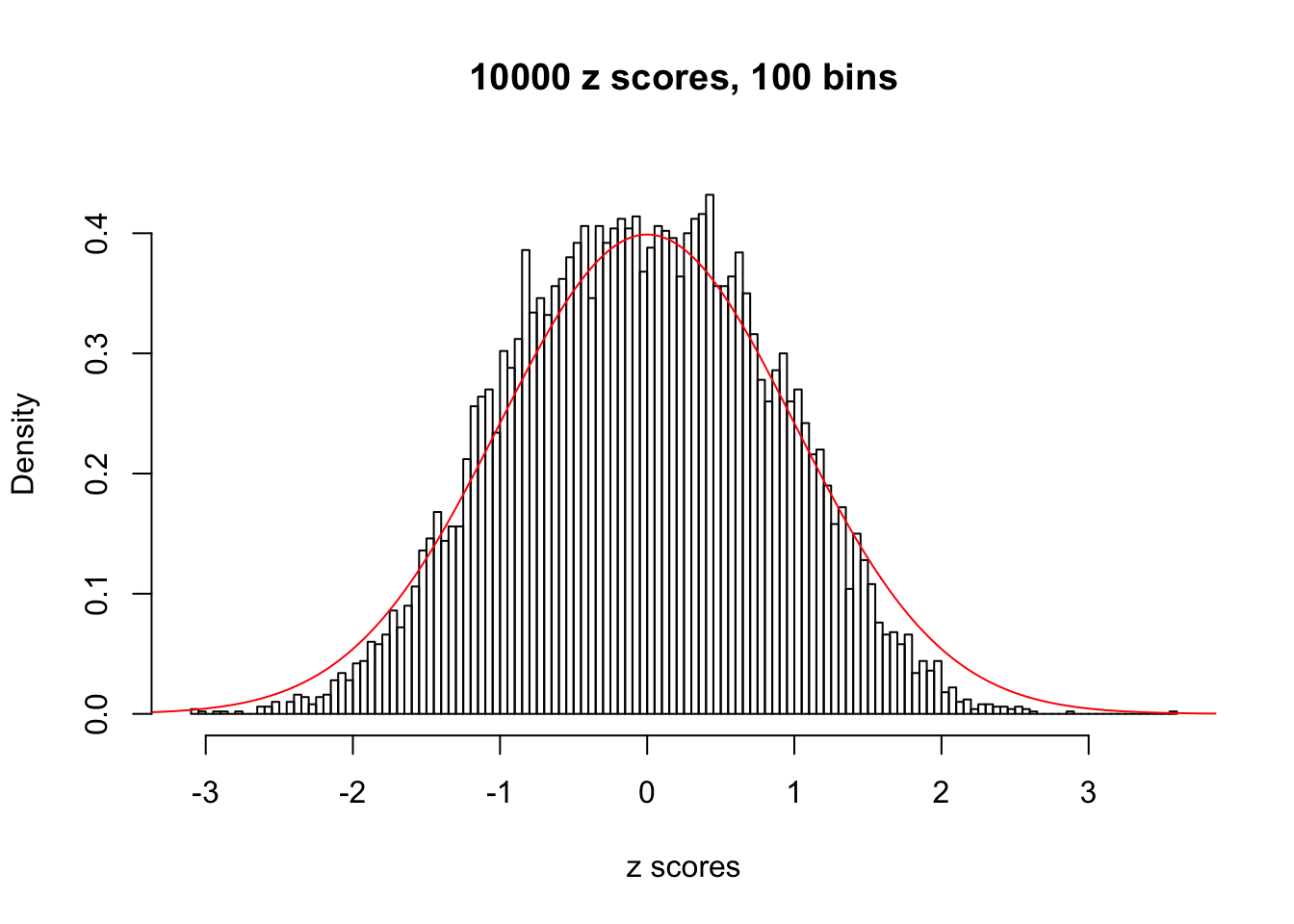
Expand here to see past versions of unnamed-chunk-2-12.png:
| Version | Author | Date |
|---|---|---|
| 0f36d99 | LSun | 2017-12-21 |
| 03366d9 | LSun | 2017-03-06 |
| def3da5 | LSun | 2017-03-06 |
Data Set 347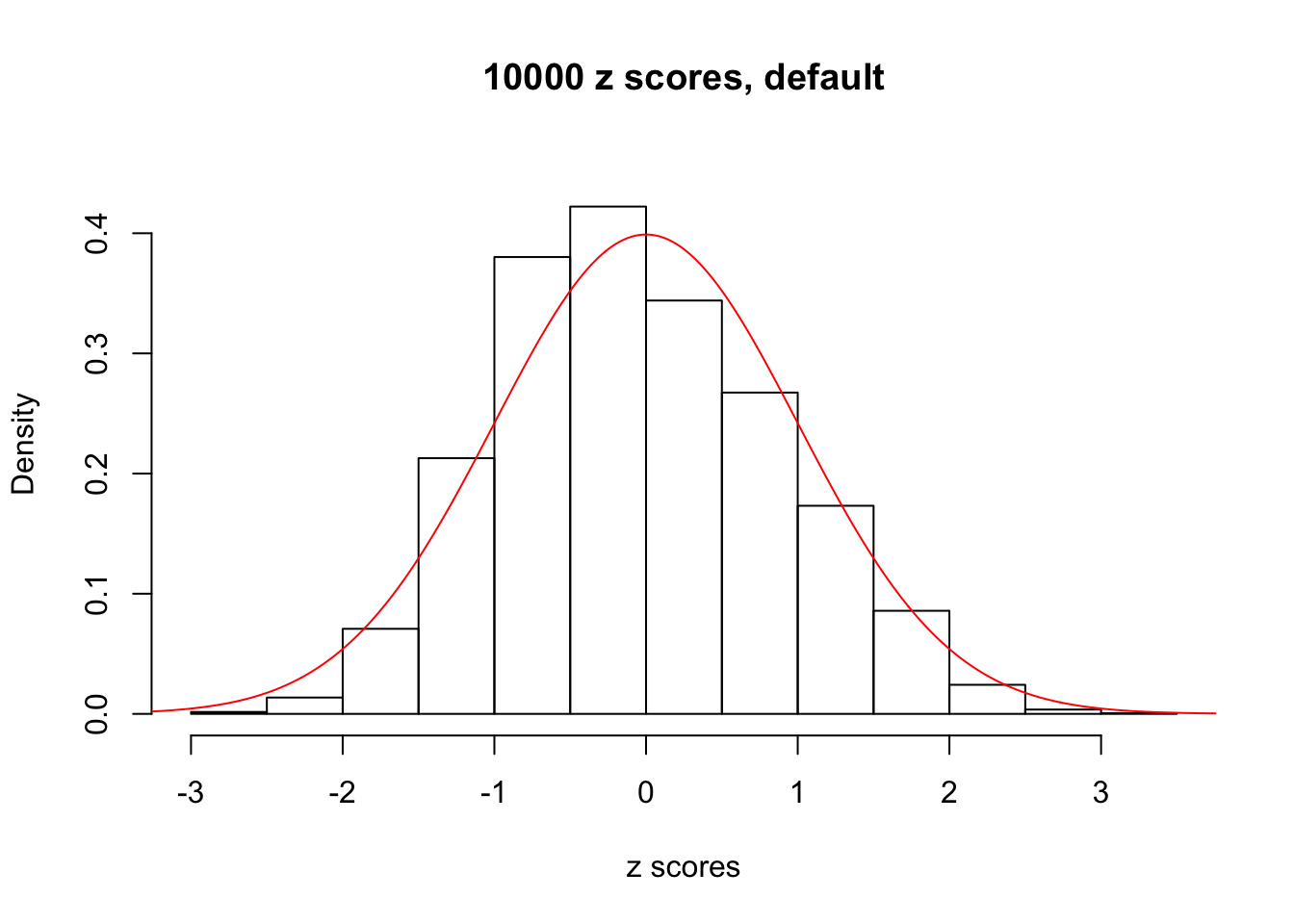
Expand here to see past versions of unnamed-chunk-2-13.png:
| Version | Author | Date |
|---|---|---|
| 0f36d99 | LSun | 2017-12-21 |
| 03366d9 | LSun | 2017-03-06 |
| def3da5 | LSun | 2017-03-06 |
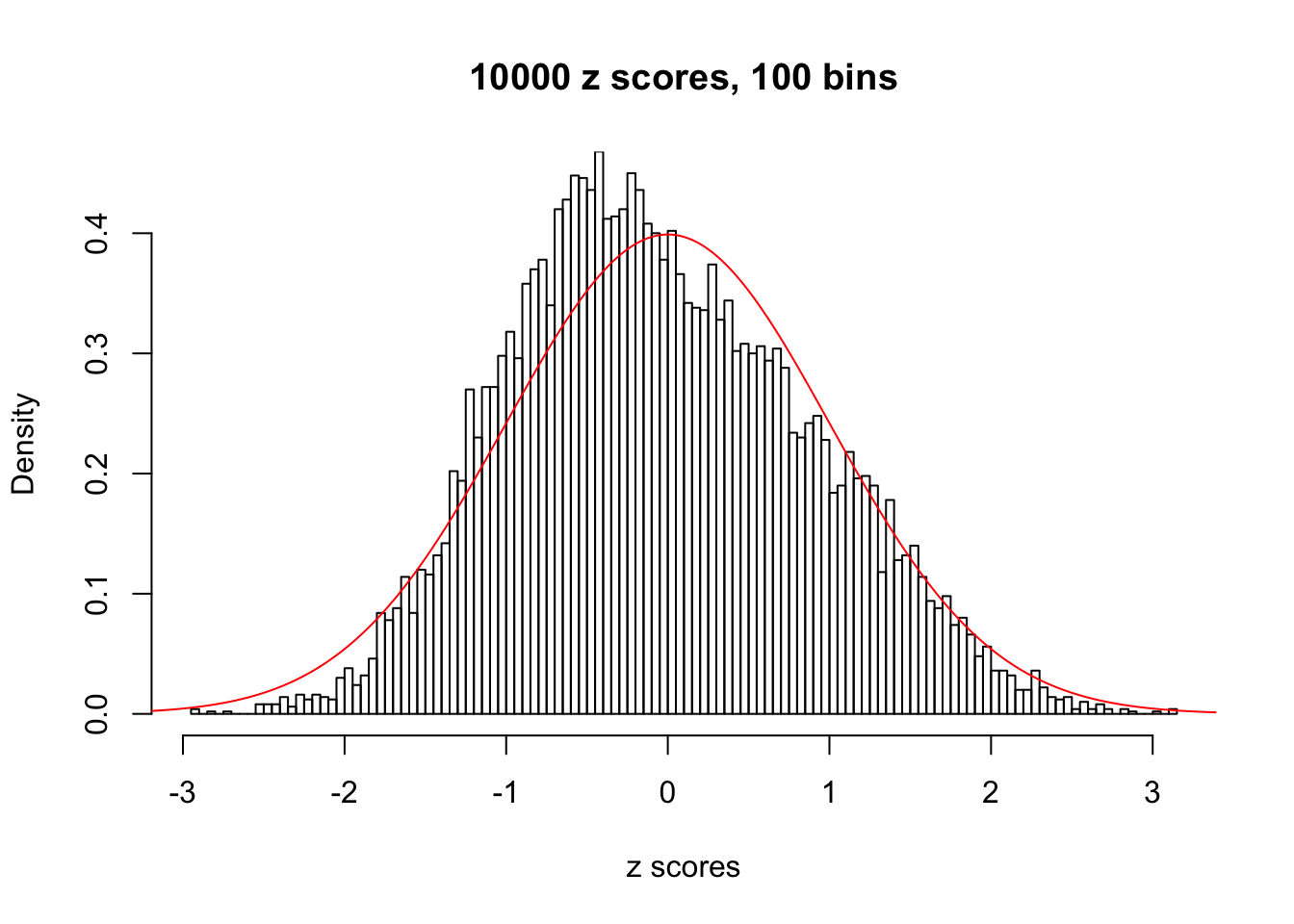
Expand here to see past versions of unnamed-chunk-2-14.png:
| Version | Author | Date |
|---|---|---|
| 0f36d99 | LSun | 2017-12-21 |
| 03366d9 | LSun | 2017-03-06 |
| def3da5 | LSun | 2017-03-06 |
Data Set 383
Expand here to see past versions of unnamed-chunk-2-15.png:
| Version | Author | Date |
|---|---|---|
| 0f36d99 | LSun | 2017-12-21 |
| 03366d9 | LSun | 2017-03-06 |
| def3da5 | LSun | 2017-03-06 |
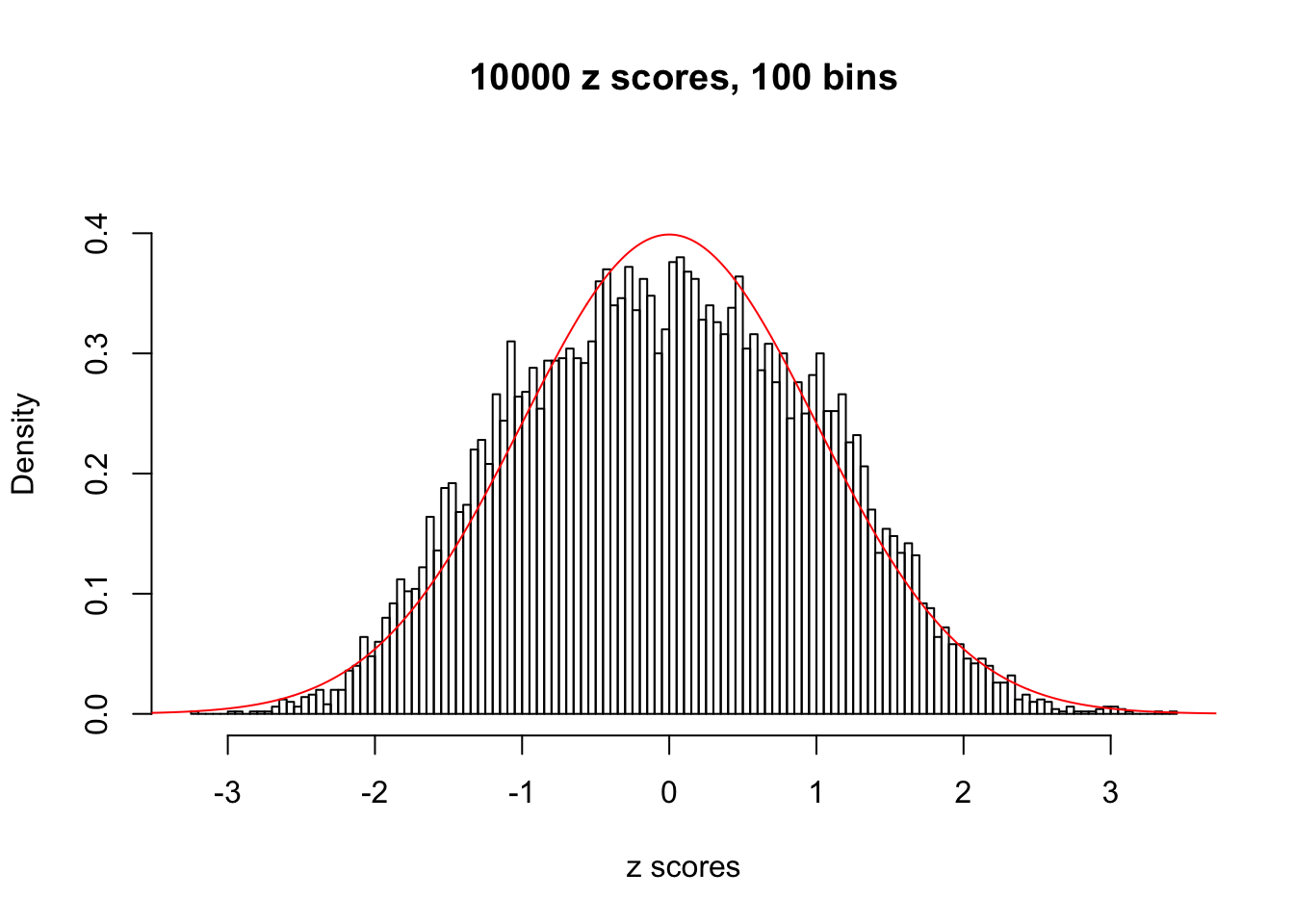
Expand here to see past versions of unnamed-chunk-2-16.png:
| Version | Author | Date |
|---|---|---|
| 0f36d99 | LSun | 2017-12-21 |
| 03366d9 | LSun | 2017-03-06 |
| def3da5 | LSun | 2017-03-06 |
Data Set 412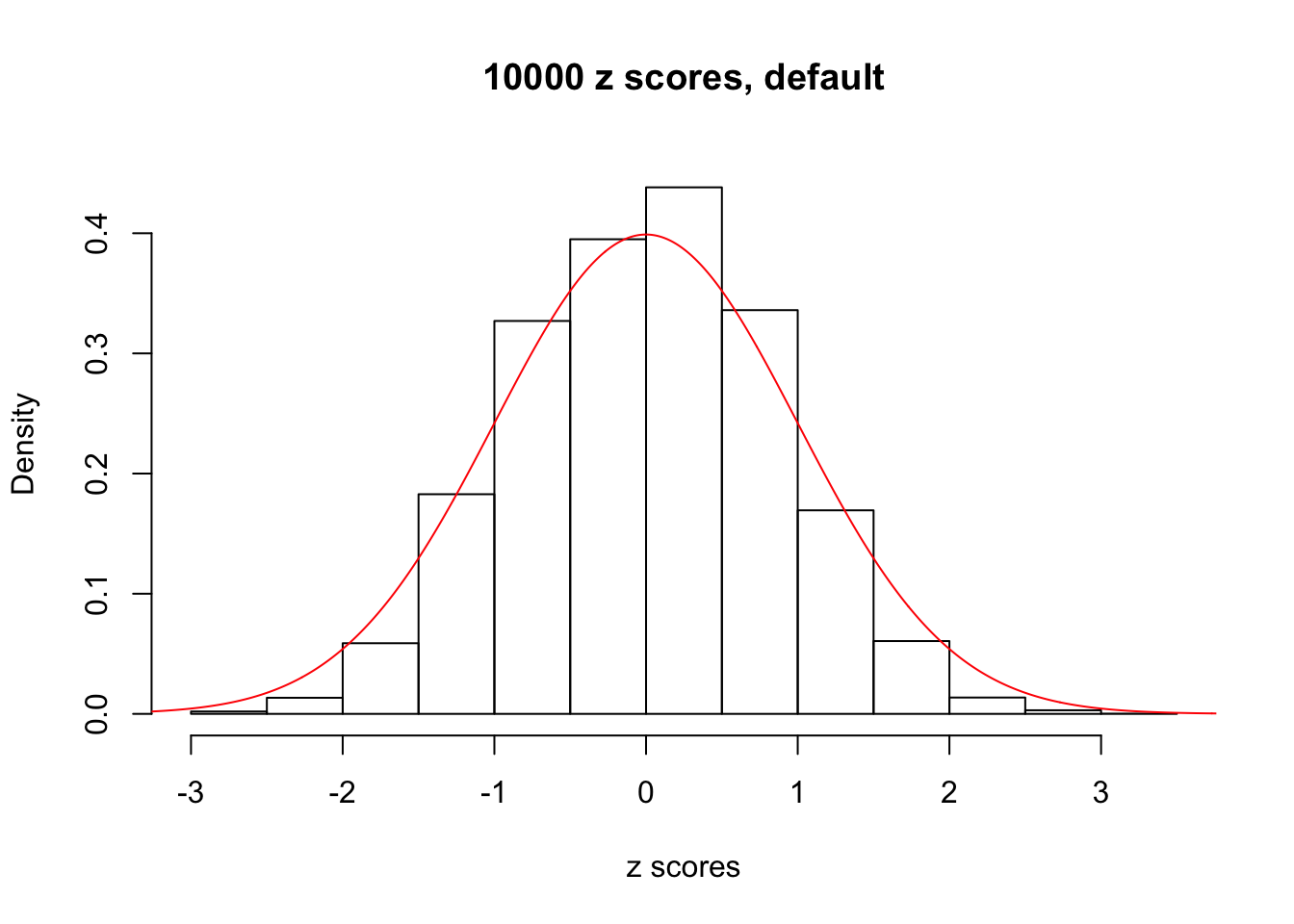
Expand here to see past versions of unnamed-chunk-2-17.png:
| Version | Author | Date |
|---|---|---|
| 0f36d99 | LSun | 2017-12-21 |
| 03366d9 | LSun | 2017-03-06 |
| def3da5 | LSun | 2017-03-06 |
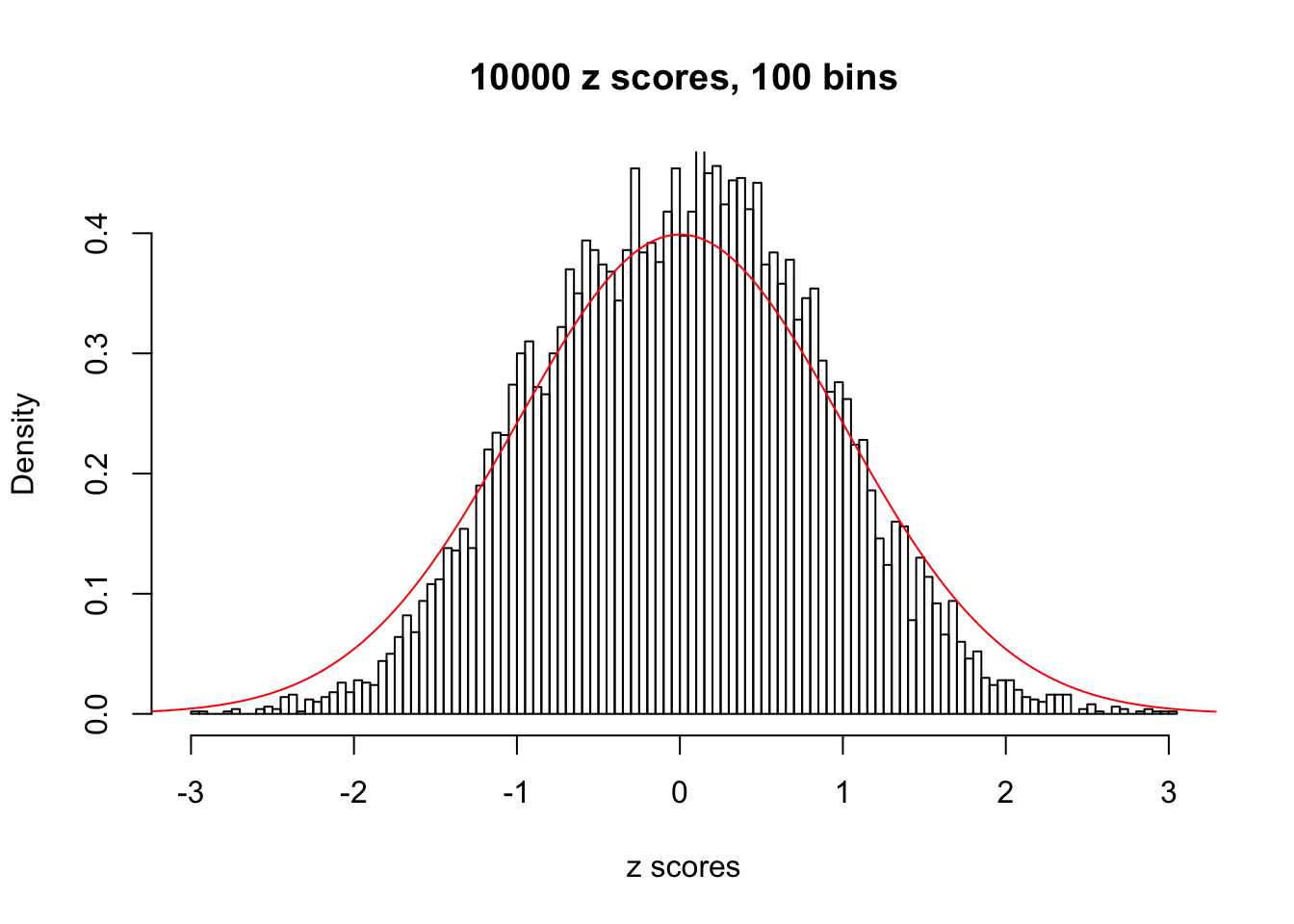
Expand here to see past versions of unnamed-chunk-2-18.png:
| Version | Author | Date |
|---|---|---|
| 0f36d99 | LSun | 2017-12-21 |
| 03366d9 | LSun | 2017-03-06 |
| def3da5 | LSun | 2017-03-06 |
Data Set 492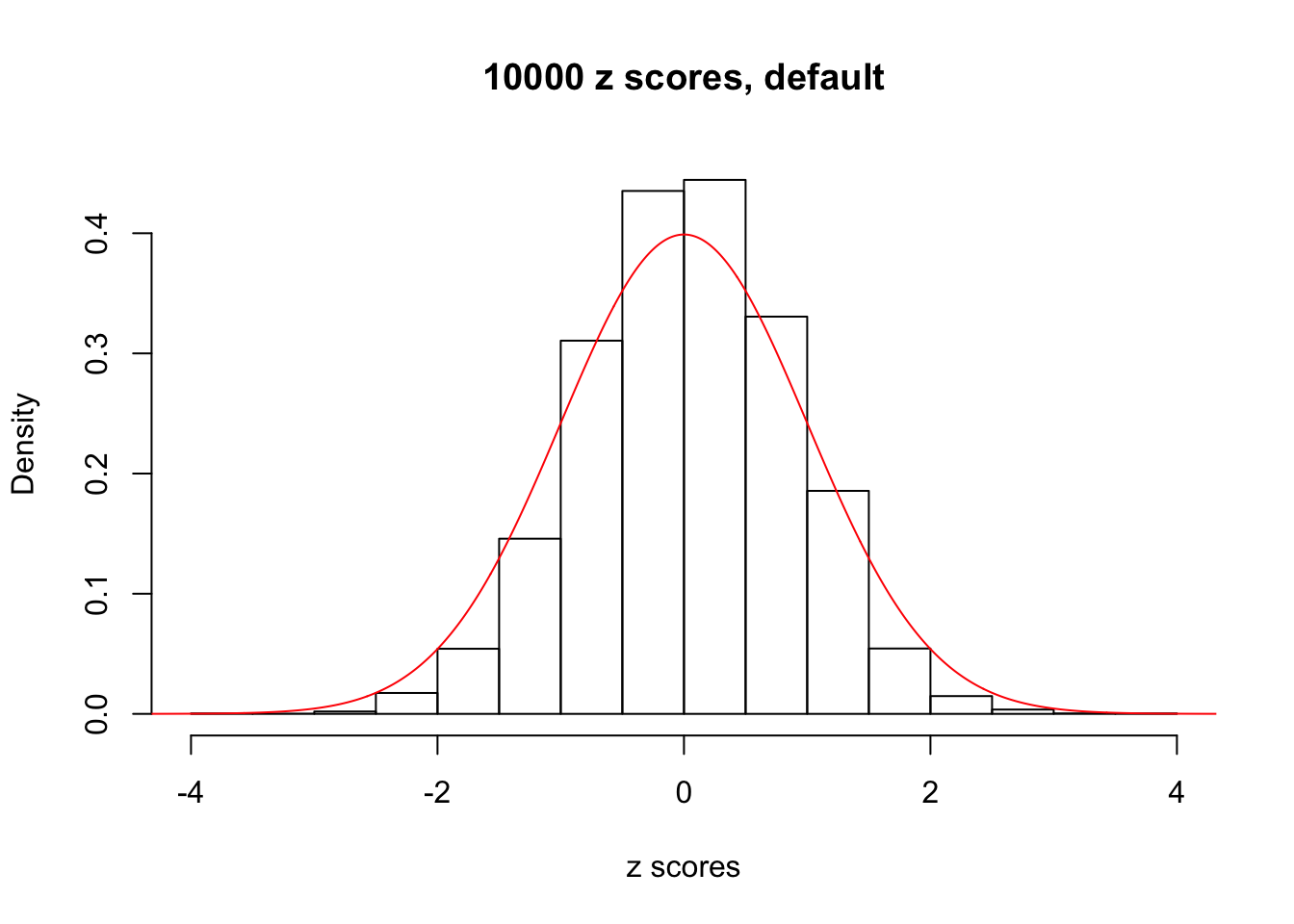
Expand here to see past versions of unnamed-chunk-2-19.png:
| Version | Author | Date |
|---|---|---|
| 0f36d99 | LSun | 2017-12-21 |
| 03366d9 | LSun | 2017-03-06 |
| def3da5 | LSun | 2017-03-06 |
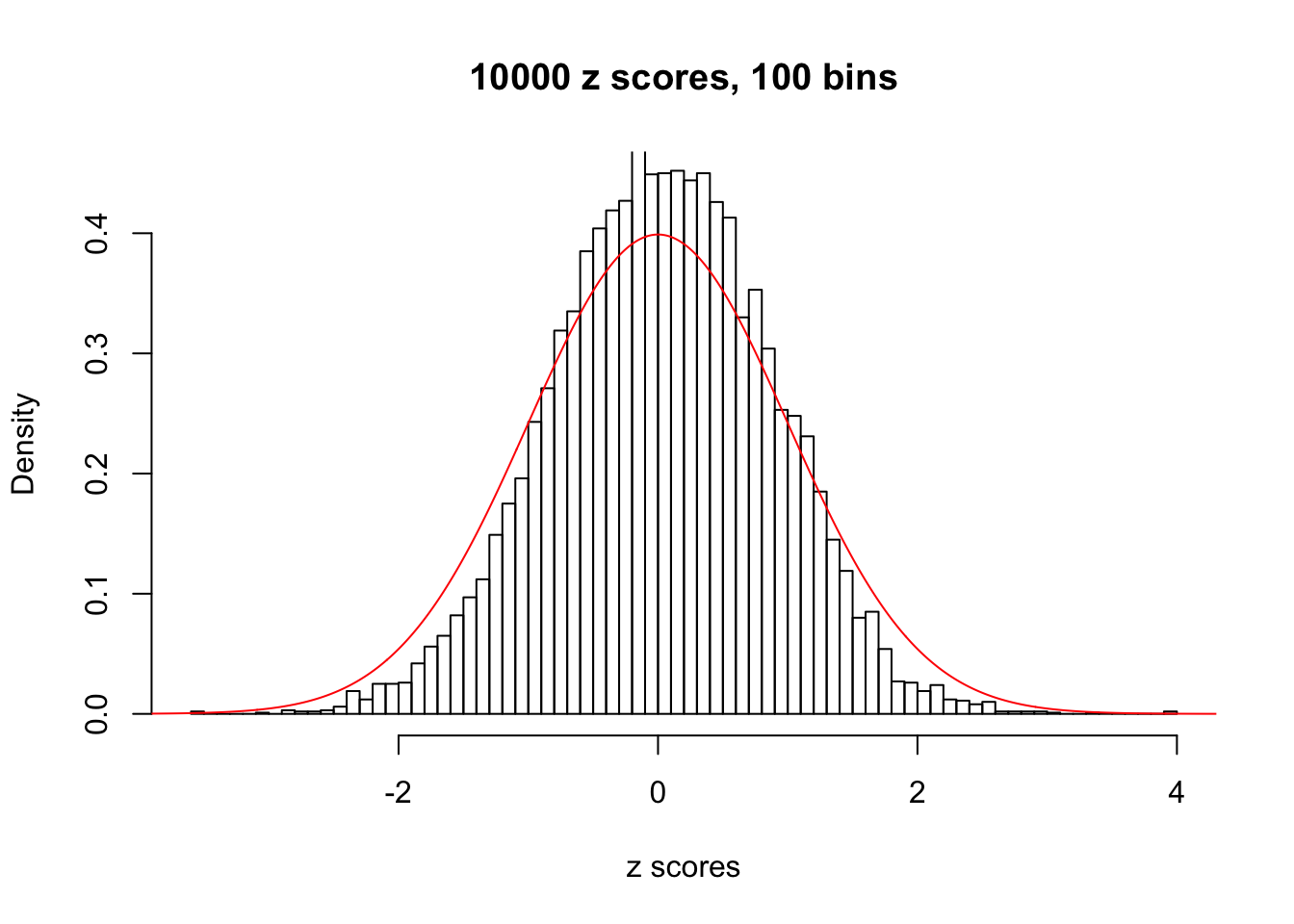
Expand here to see past versions of unnamed-chunk-2-20.png:
| Version | Author | Date |
|---|---|---|
| 0f36d99 | LSun | 2017-12-21 |
| 03366d9 | LSun | 2017-03-06 |
| def3da5 | LSun | 2017-03-06 |
Data Set 574
Expand here to see past versions of unnamed-chunk-2-21.png:
| Version | Author | Date |
|---|---|---|
| 0f36d99 | LSun | 2017-12-21 |
| 03366d9 | LSun | 2017-03-06 |
| def3da5 | LSun | 2017-03-06 |

Expand here to see past versions of unnamed-chunk-2-22.png:
| Version | Author | Date |
|---|---|---|
| 0f36d99 | LSun | 2017-12-21 |
| 03366d9 | LSun | 2017-03-06 |
| def3da5 | LSun | 2017-03-06 |
Data Set 588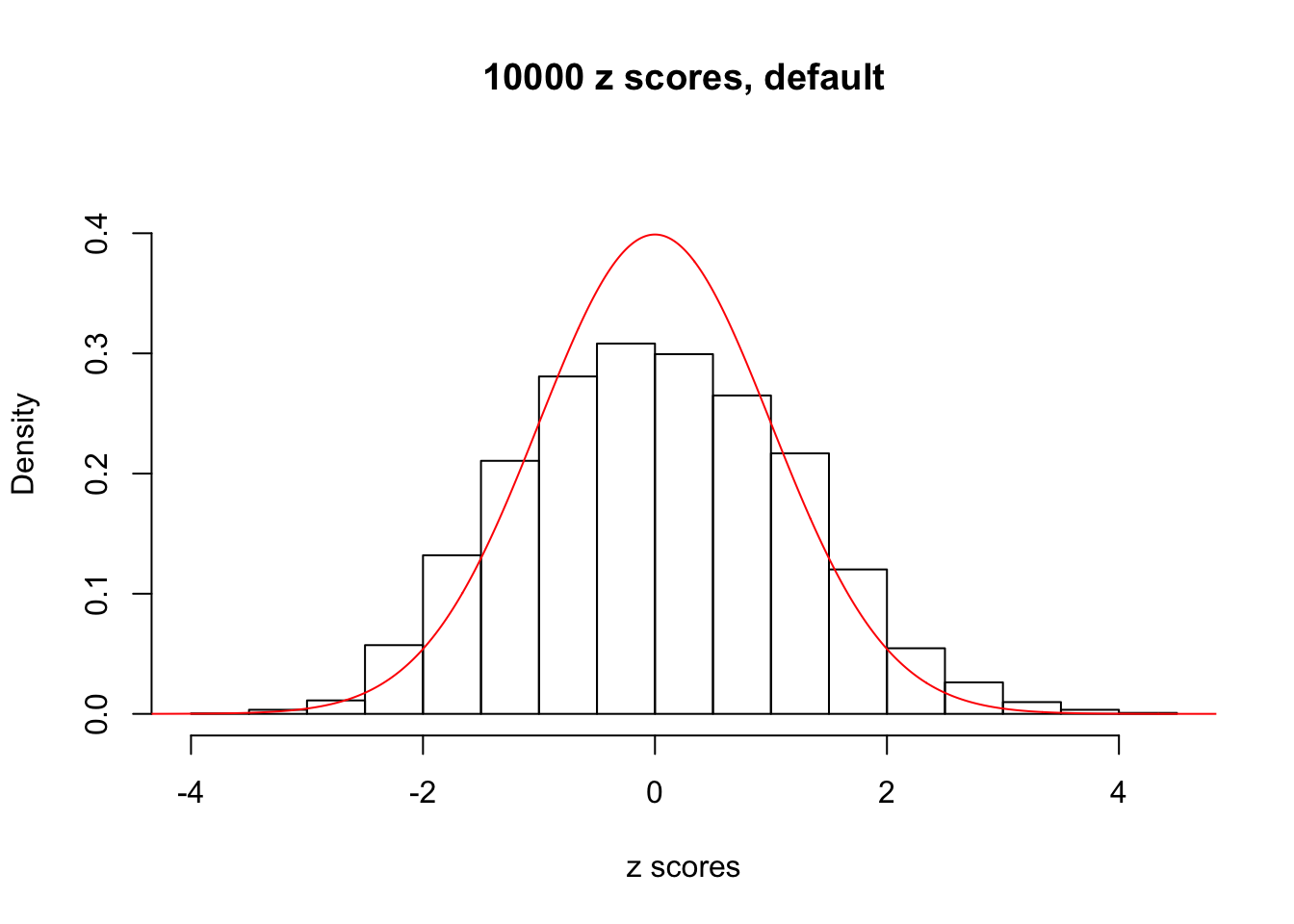
Expand here to see past versions of unnamed-chunk-2-23.png:
| Version | Author | Date |
|---|---|---|
| 0f36d99 | LSun | 2017-12-21 |
| 03366d9 | LSun | 2017-03-06 |
| def3da5 | LSun | 2017-03-06 |
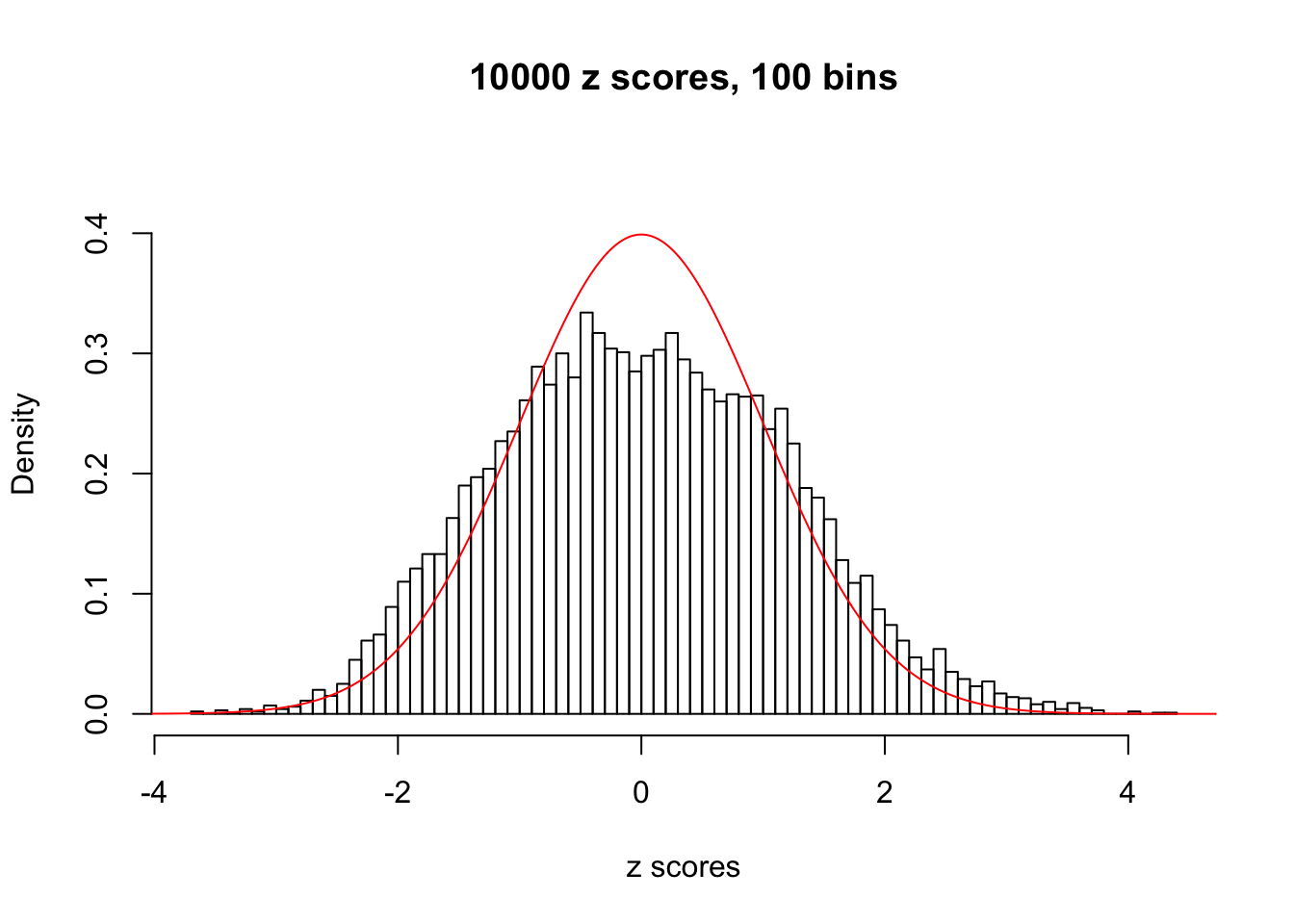
Expand here to see past versions of unnamed-chunk-2-24.png:
| Version | Author | Date |
|---|---|---|
| 0f36d99 | LSun | 2017-12-21 |
| 03366d9 | LSun | 2017-03-06 |
| def3da5 | LSun | 2017-03-06 |
Data Set 654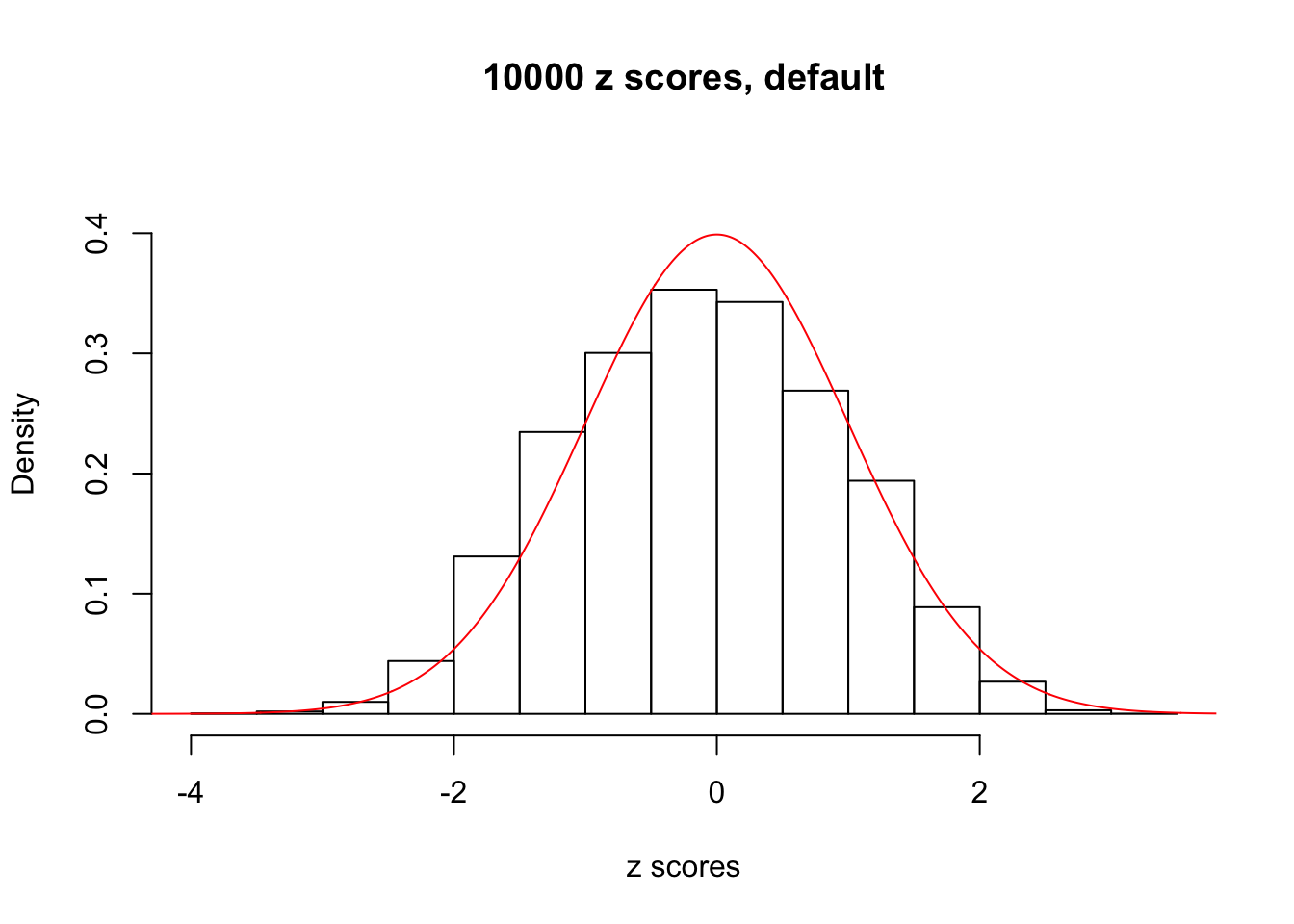
Expand here to see past versions of unnamed-chunk-2-25.png:
| Version | Author | Date |
|---|---|---|
| 0f36d99 | LSun | 2017-12-21 |
| 03366d9 | LSun | 2017-03-06 |
| def3da5 | LSun | 2017-03-06 |

Expand here to see past versions of unnamed-chunk-2-26.png:
| Version | Author | Date |
|---|---|---|
| 0f36d99 | LSun | 2017-12-21 |
| 03366d9 | LSun | 2017-03-06 |
| def3da5 | LSun | 2017-03-06 |
Data Set 688
Expand here to see past versions of unnamed-chunk-2-27.png:
| Version | Author | Date |
|---|---|---|
| 0f36d99 | LSun | 2017-12-21 |
| 03366d9 | LSun | 2017-03-06 |
| def3da5 | LSun | 2017-03-06 |
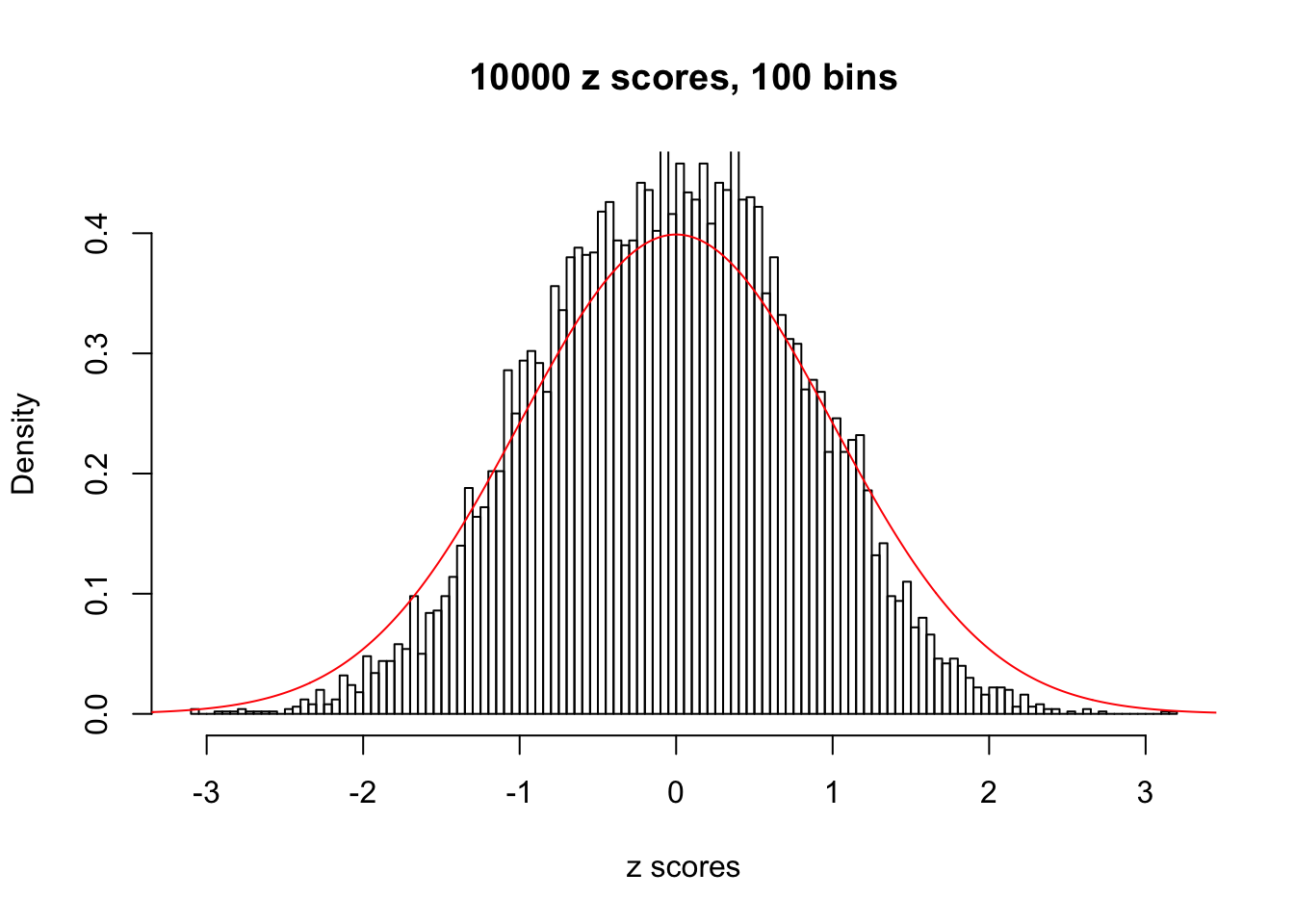
Expand here to see past versions of unnamed-chunk-2-28.png:
| Version | Author | Date |
|---|---|---|
| 0f36d99 | LSun | 2017-12-21 |
| 03366d9 | LSun | 2017-03-06 |
| def3da5 | LSun | 2017-03-06 |
Data Set 693
Expand here to see past versions of unnamed-chunk-2-29.png:
| Version | Author | Date |
|---|---|---|
| 0f36d99 | LSun | 2017-12-21 |
| 03366d9 | LSun | 2017-03-06 |
| def3da5 | LSun | 2017-03-06 |
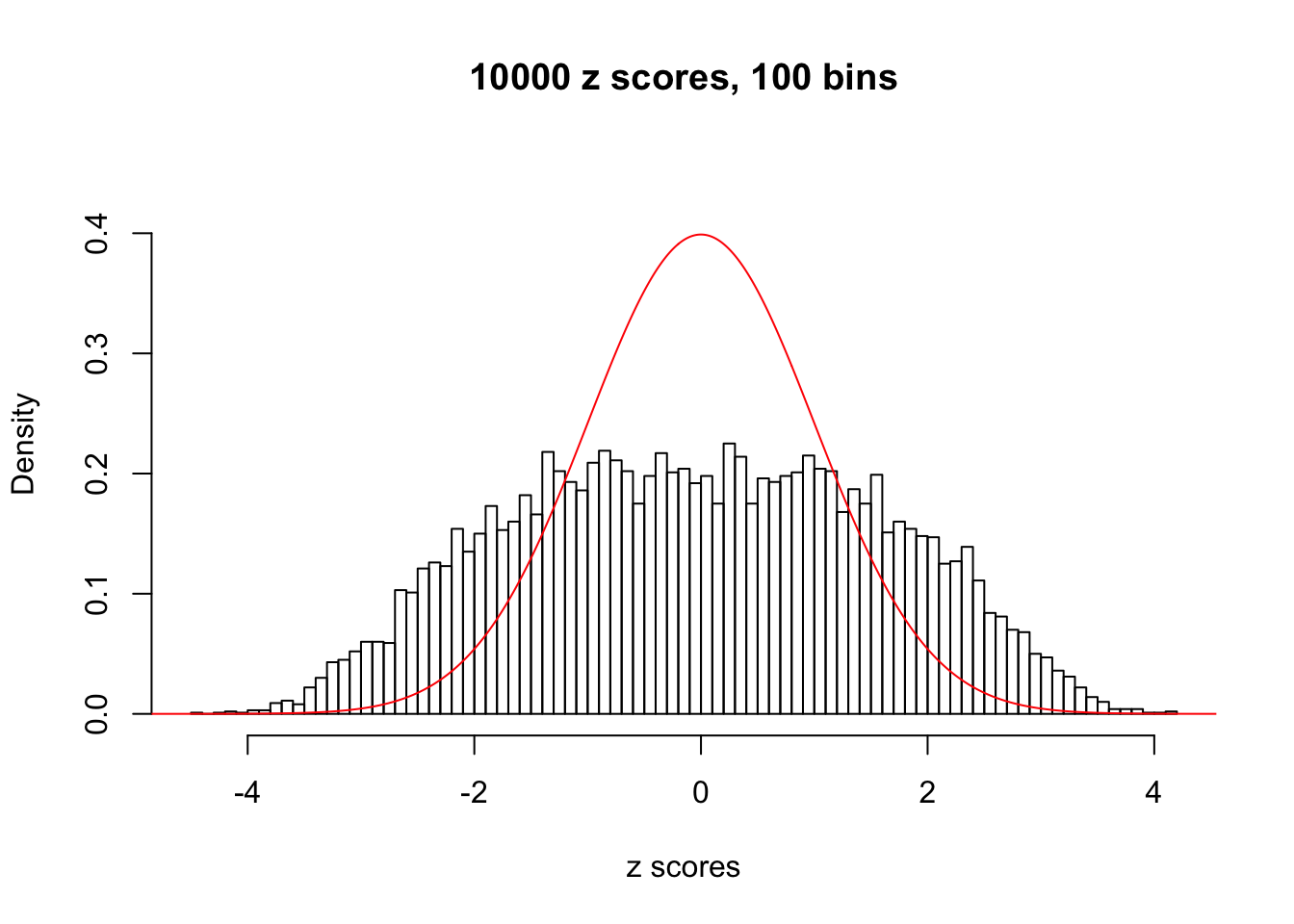
Expand here to see past versions of unnamed-chunk-2-30.png:
| Version | Author | Date |
|---|---|---|
| 0f36d99 | LSun | 2017-12-21 |
| 03366d9 | LSun | 2017-03-06 |
| def3da5 | LSun | 2017-03-06 |
Data Set 726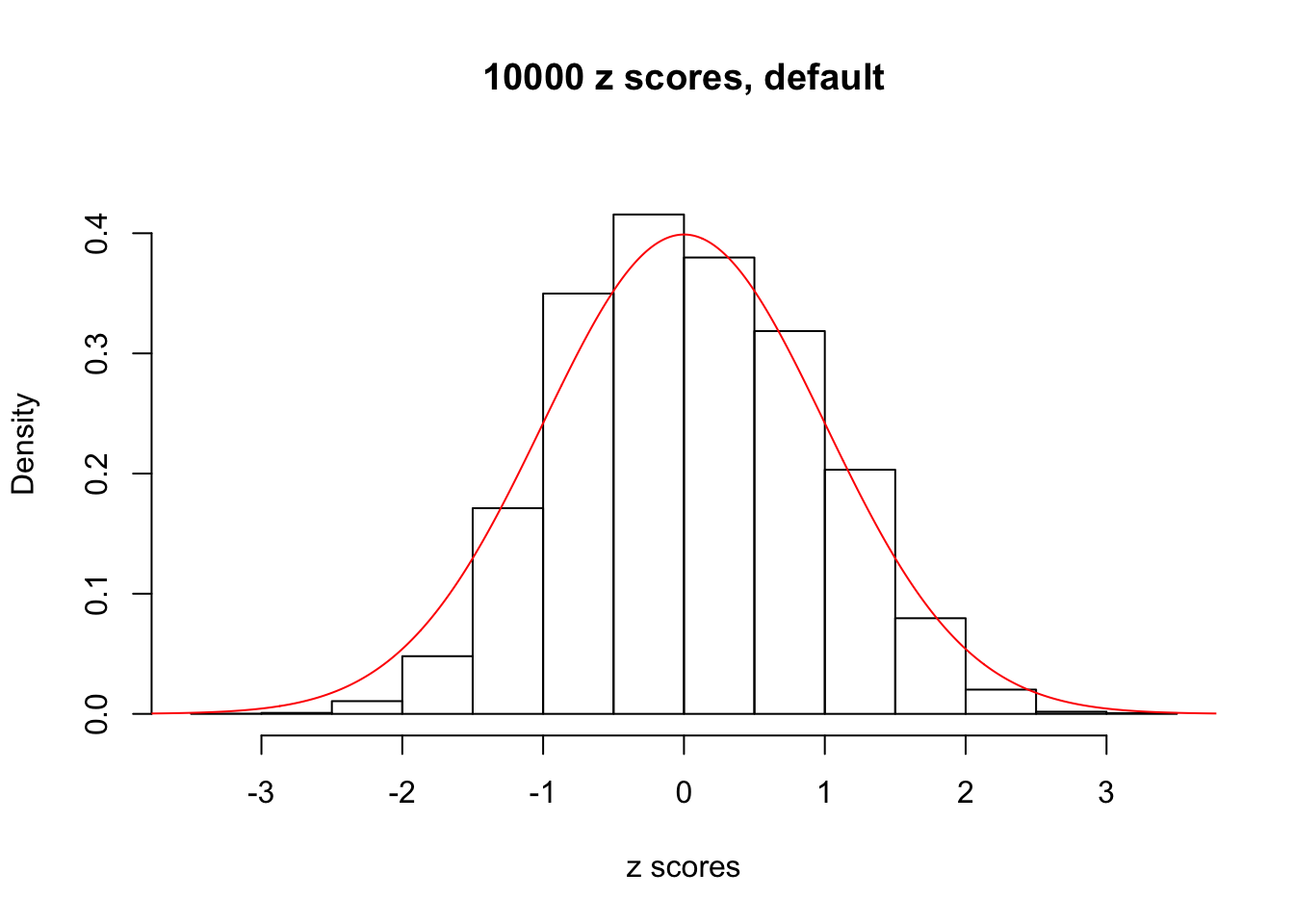
Expand here to see past versions of unnamed-chunk-2-31.png:
| Version | Author | Date |
|---|---|---|
| 0f36d99 | LSun | 2017-12-21 |
| 03366d9 | LSun | 2017-03-06 |
| def3da5 | LSun | 2017-03-06 |
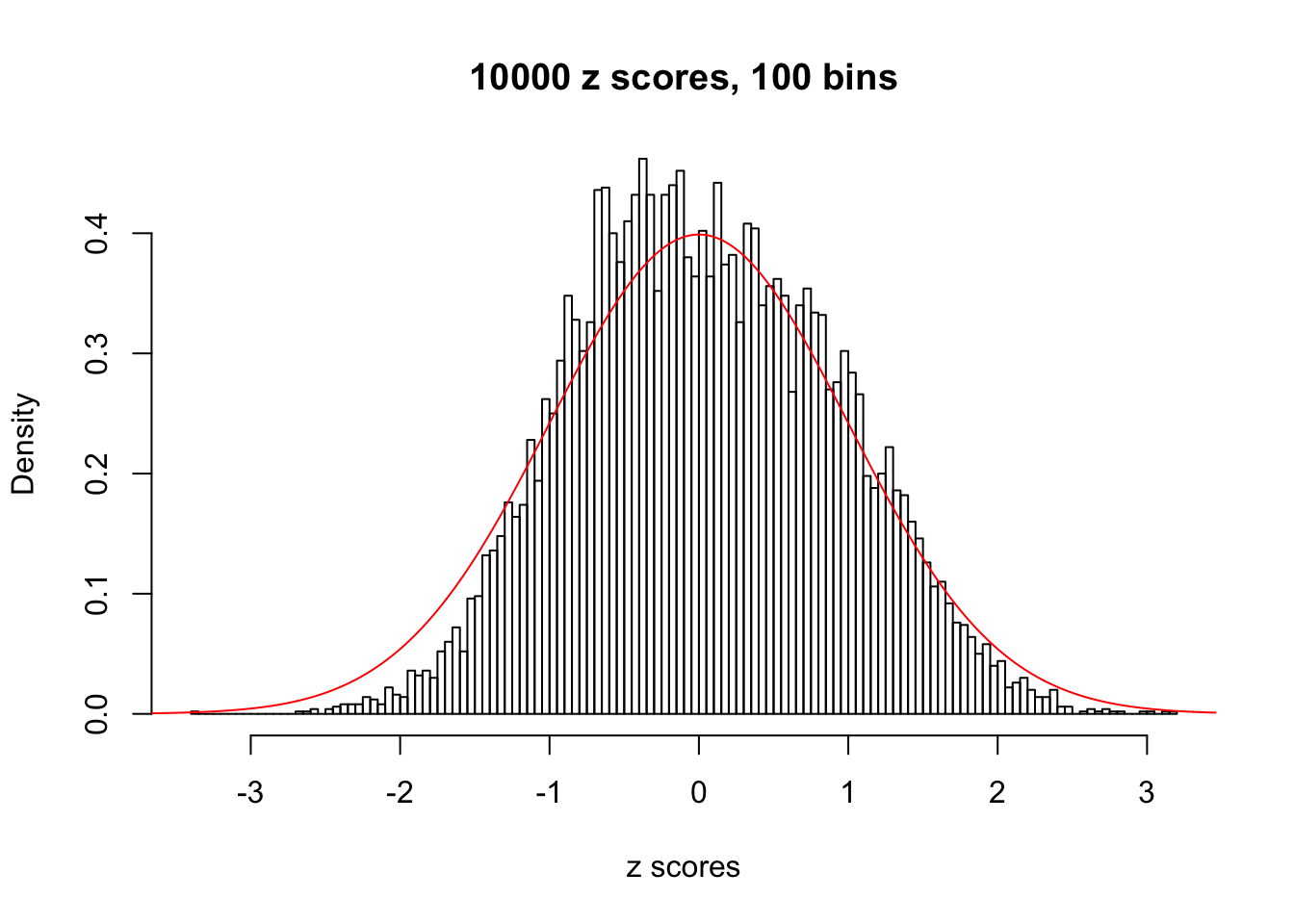
Expand here to see past versions of unnamed-chunk-2-32.png:
| Version | Author | Date |
|---|---|---|
| 0f36d99 | LSun | 2017-12-21 |
| 03366d9 | LSun | 2017-03-06 |
| def3da5 | LSun | 2017-03-06 |
Data Set 853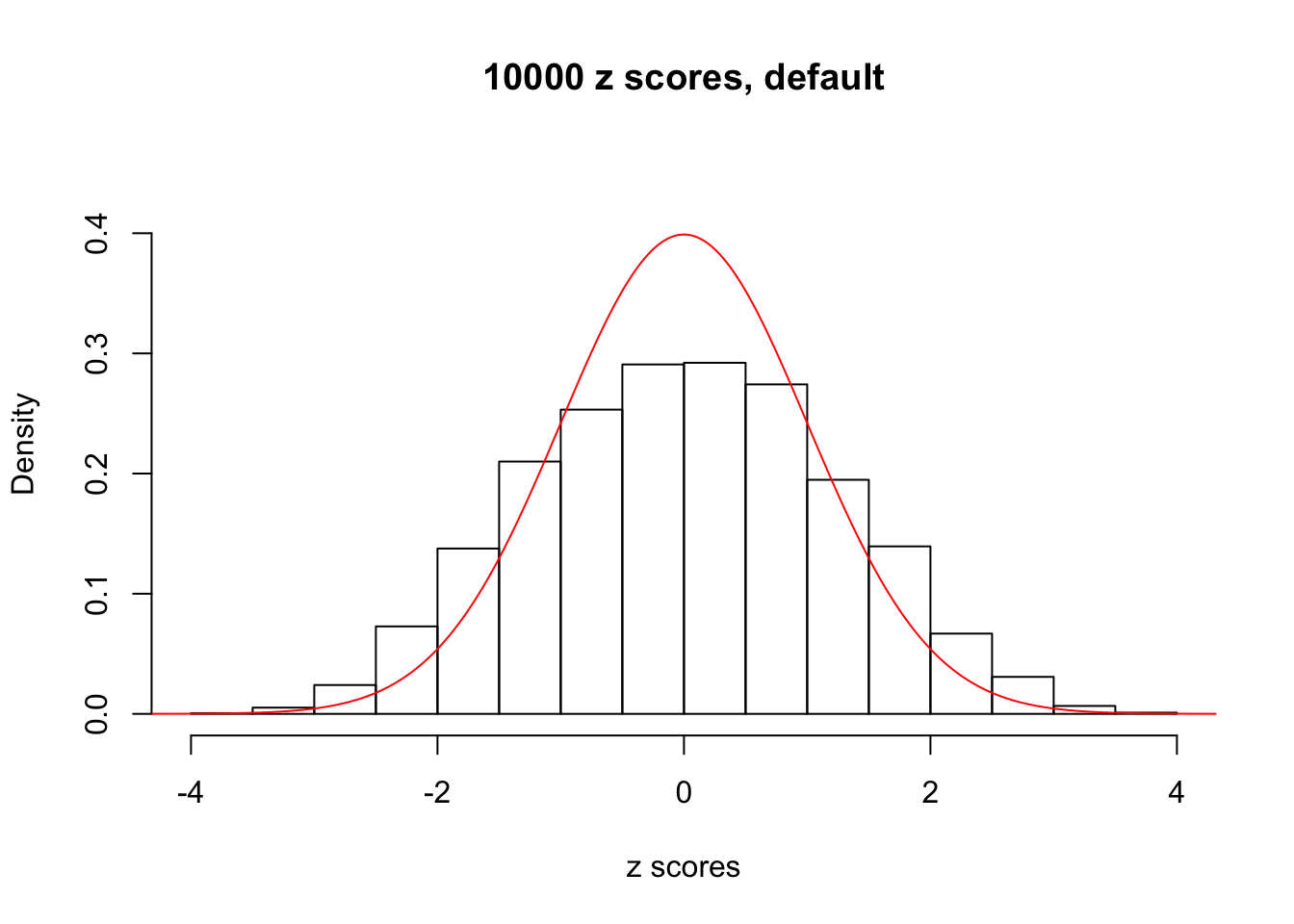
Expand here to see past versions of unnamed-chunk-2-33.png:
| Version | Author | Date |
|---|---|---|
| 0f36d99 | LSun | 2017-12-21 |
| 03366d9 | LSun | 2017-03-06 |
| def3da5 | LSun | 2017-03-06 |
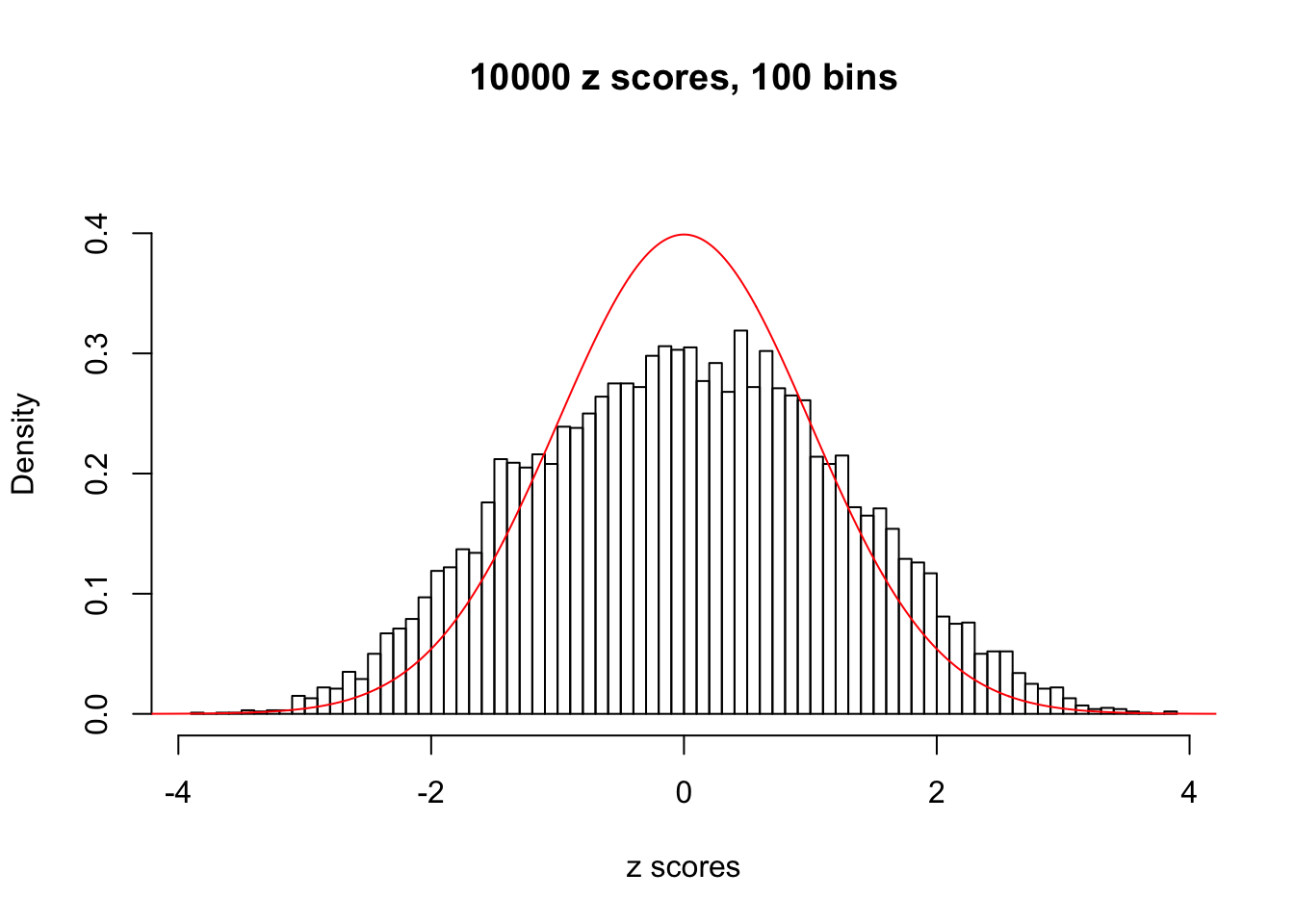
Expand here to see past versions of unnamed-chunk-2-34.png:
| Version | Author | Date |
|---|---|---|
| 0f36d99 | LSun | 2017-12-21 |
| 03366d9 | LSun | 2017-03-06 |
| def3da5 | LSun | 2017-03-06 |
Data Set 855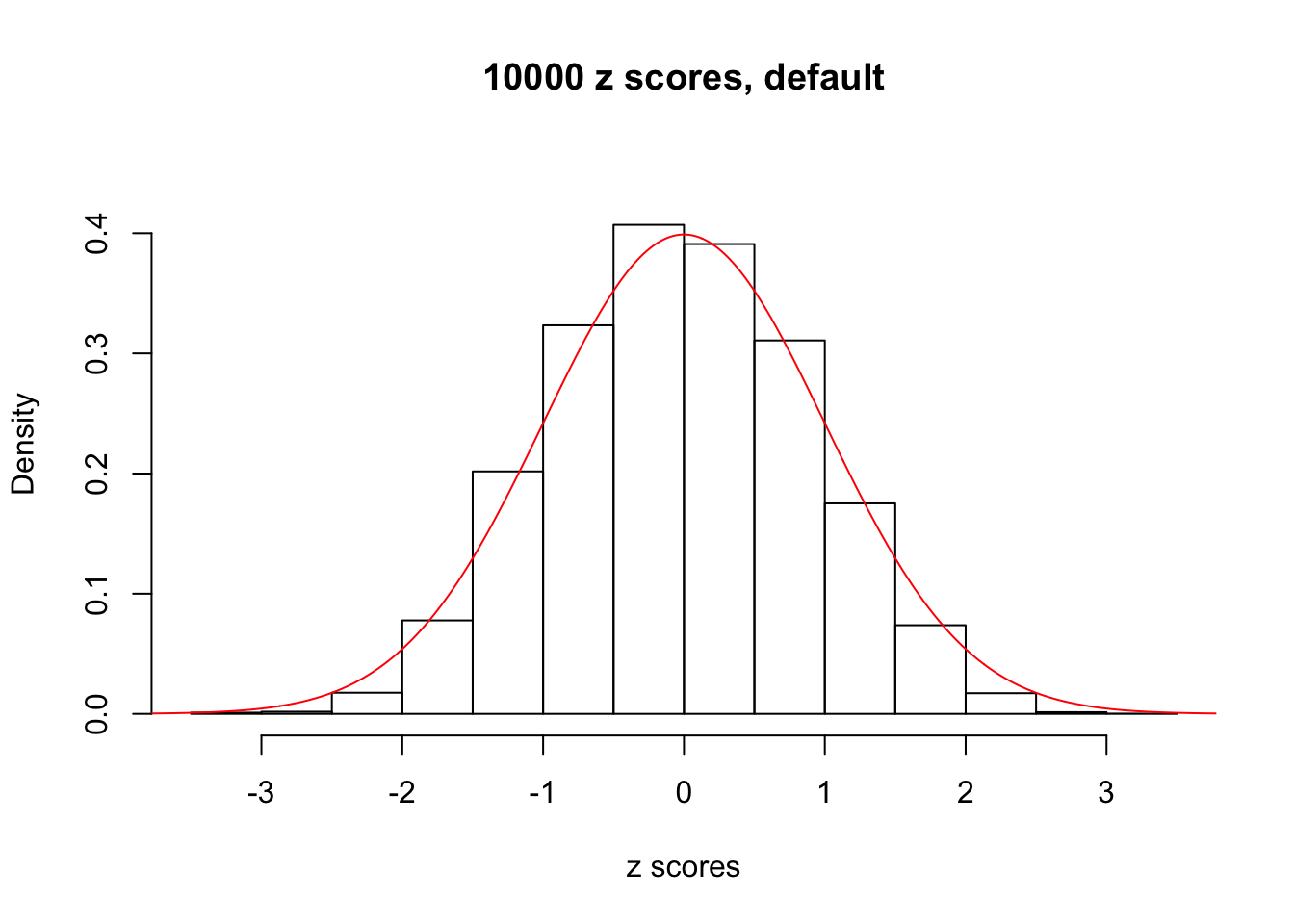
Expand here to see past versions of unnamed-chunk-2-35.png:
| Version | Author | Date |
|---|---|---|
| 0f36d99 | LSun | 2017-12-21 |
| 03366d9 | LSun | 2017-03-06 |
| def3da5 | LSun | 2017-03-06 |
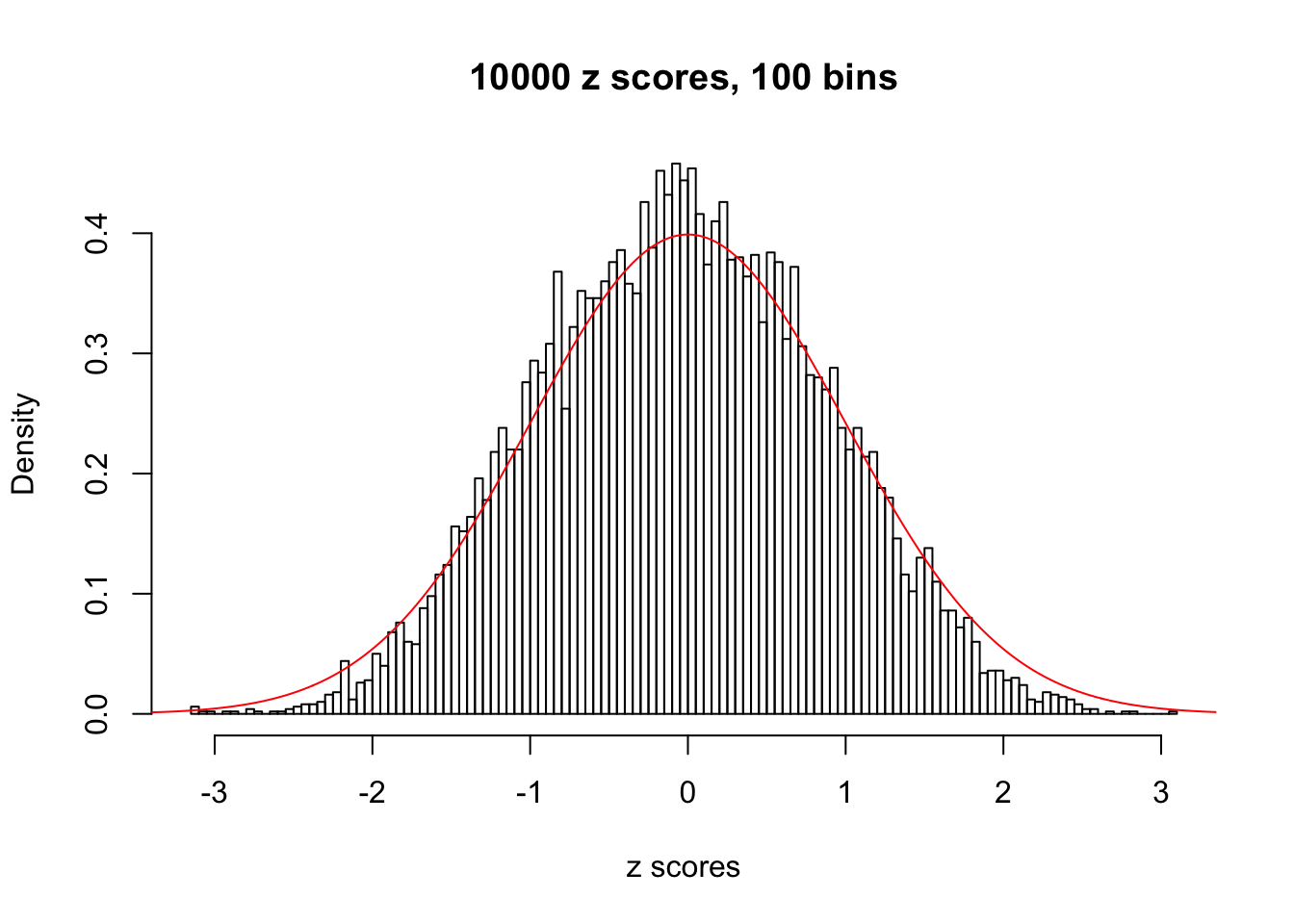
Expand here to see past versions of unnamed-chunk-2-36.png:
| Version | Author | Date |
|---|---|---|
| 0f36d99 | LSun | 2017-12-21 |
| 03366d9 | LSun | 2017-03-06 |
| def3da5 | LSun | 2017-03-06 |
Data Set 942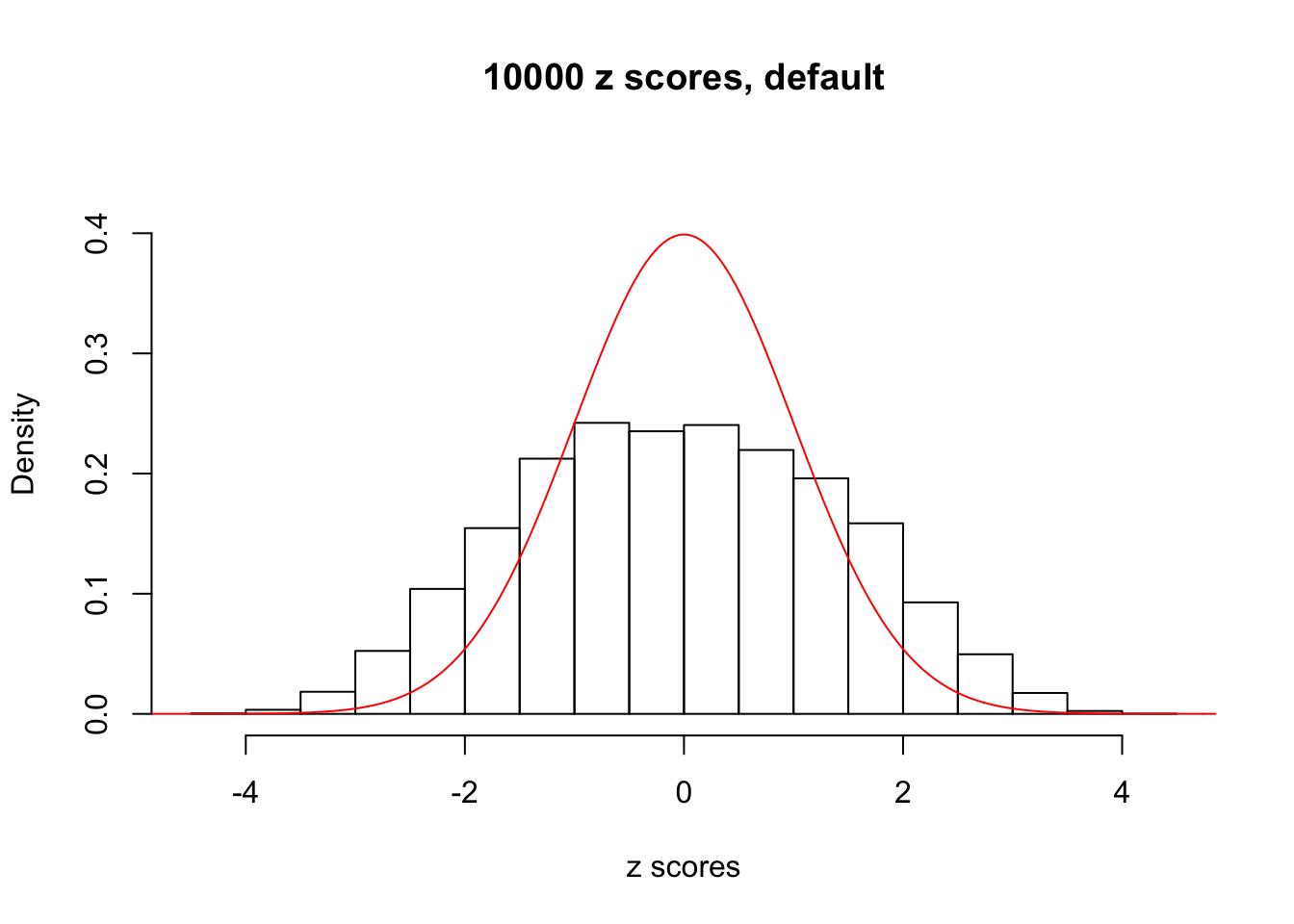
Expand here to see past versions of unnamed-chunk-2-37.png:
| Version | Author | Date |
|---|---|---|
| 0f36d99 | LSun | 2017-12-21 |
| 03366d9 | LSun | 2017-03-06 |
| def3da5 | LSun | 2017-03-06 |

Expand here to see past versions of unnamed-chunk-2-38.png:
| Version | Author | Date |
|---|---|---|
| 0f36d99 | LSun | 2017-12-21 |
| 03366d9 | LSun | 2017-03-06 |
| def3da5 | LSun | 2017-03-06 |
Data Set 993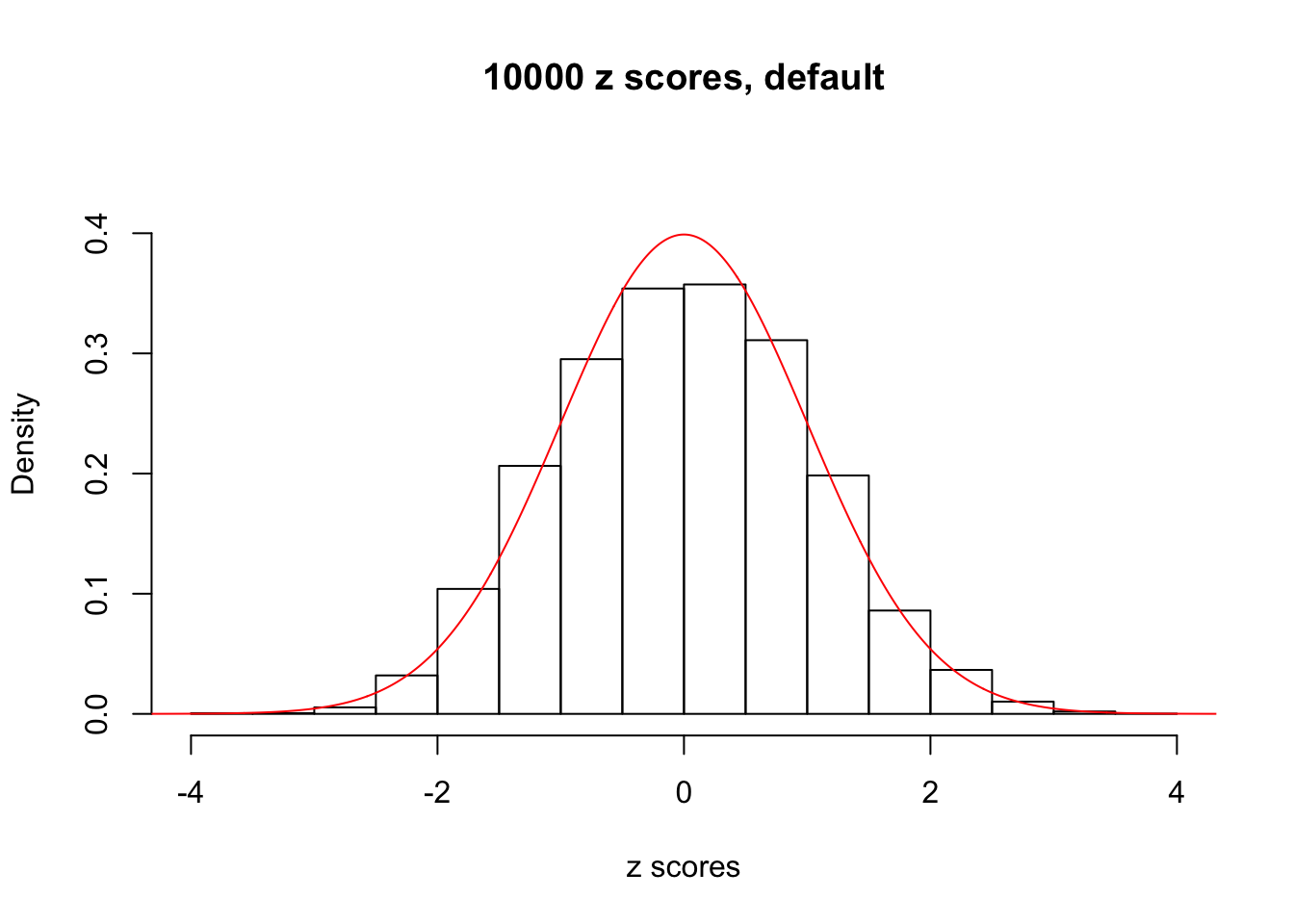
Expand here to see past versions of unnamed-chunk-2-39.png:
| Version | Author | Date |
|---|---|---|
| 0f36d99 | LSun | 2017-12-21 |
| 03366d9 | LSun | 2017-03-06 |
| def3da5 | LSun | 2017-03-06 |
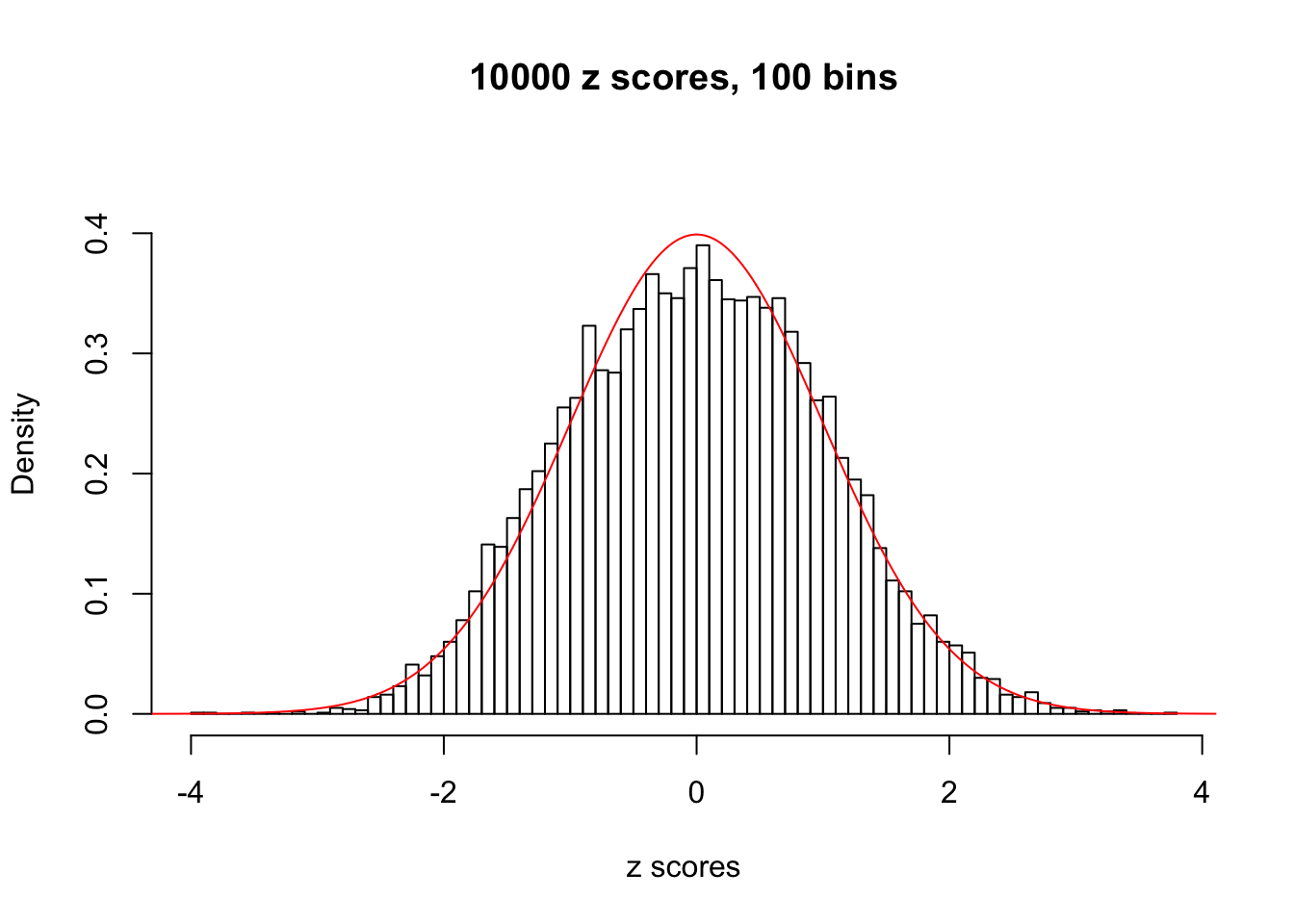
Session Information
Session information
sessionInfo()R version 3.4.3 (2017-11-30)
Platform: x86_64-apple-darwin15.6.0 (64-bit)
Running under: macOS High Sierra 10.13.4
Matrix products: default
BLAS: /Library/Frameworks/R.framework/Versions/3.4/Resources/lib/libRblas.0.dylib
LAPACK: /Library/Frameworks/R.framework/Versions/3.4/Resources/lib/libRlapack.dylib
locale:
[1] en_US.UTF-8/en_US.UTF-8/en_US.UTF-8/C/en_US.UTF-8/en_US.UTF-8
attached base packages:
[1] stats graphics grDevices utils datasets methods base
loaded via a namespace (and not attached):
[1] workflowr_1.0.1 Rcpp_0.12.16 digest_0.6.15
[4] rprojroot_1.3-2 R.methodsS3_1.7.1 backports_1.1.2
[7] git2r_0.21.0 magrittr_1.5 evaluate_0.10.1
[10] stringi_1.1.6 whisker_0.3-2 R.oo_1.21.0
[13] R.utils_2.6.0 rmarkdown_1.9 tools_3.4.3
[16] stringr_1.3.0 yaml_2.1.18 compiler_3.4.3
[19] htmltools_0.3.6 knitr_1.20
This reproducible R Markdown analysis was created with workflowr 1.0.1